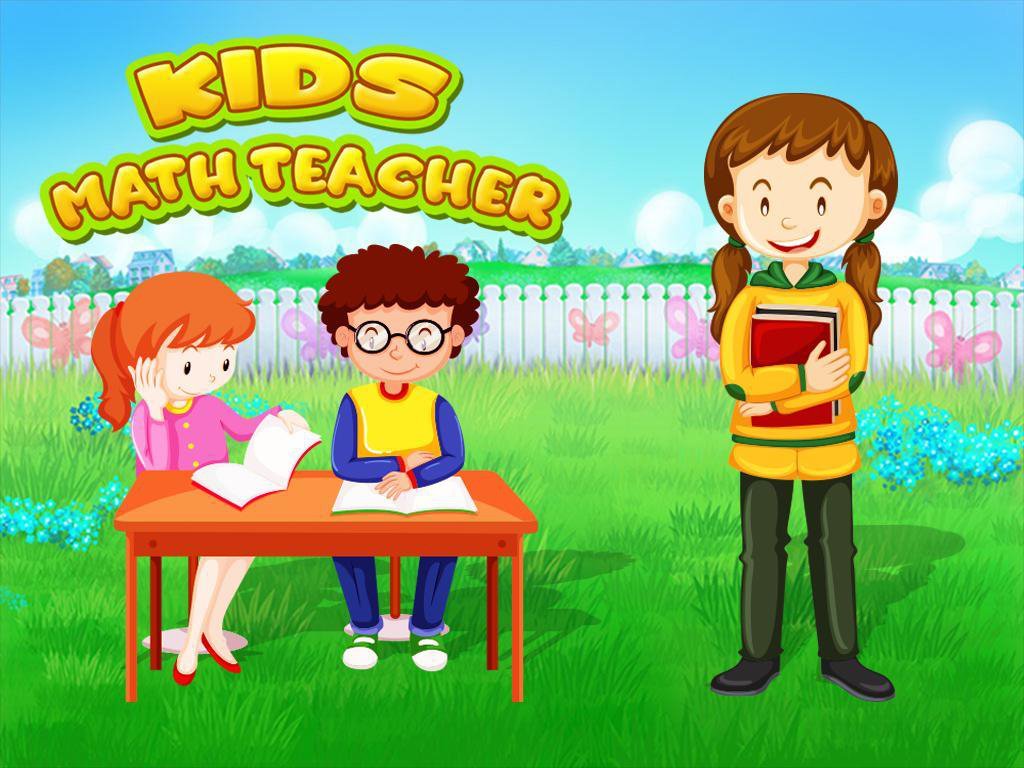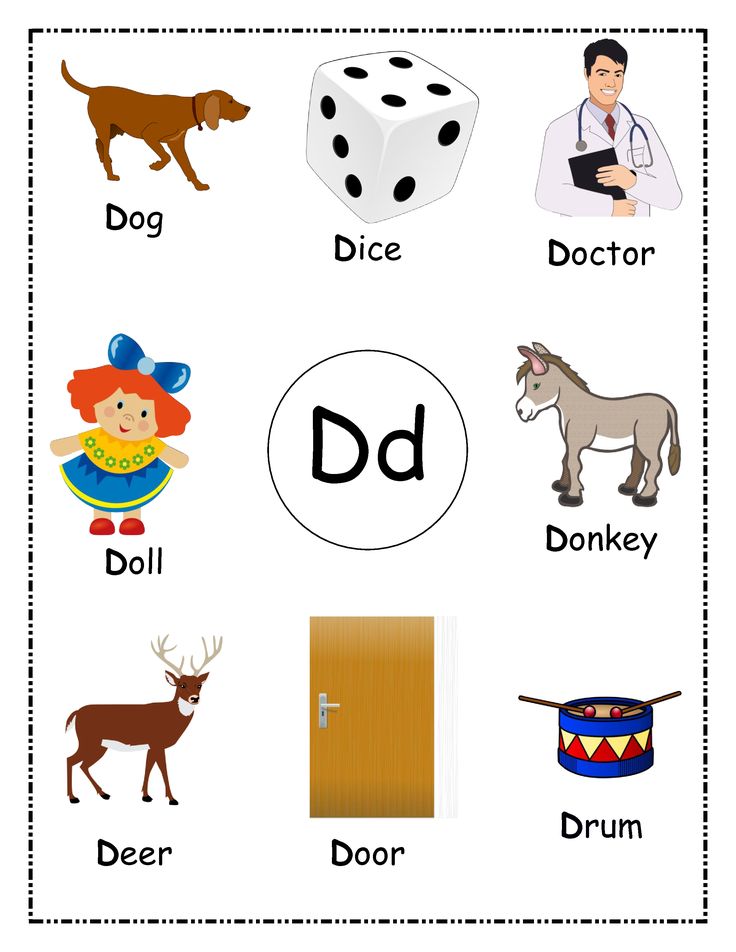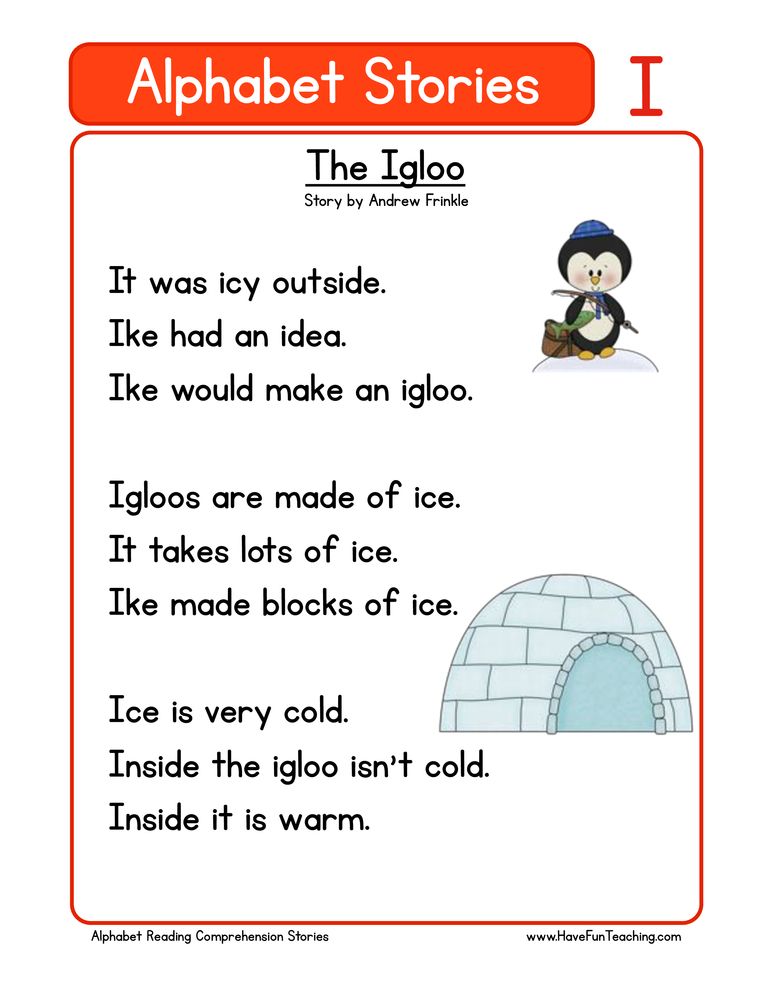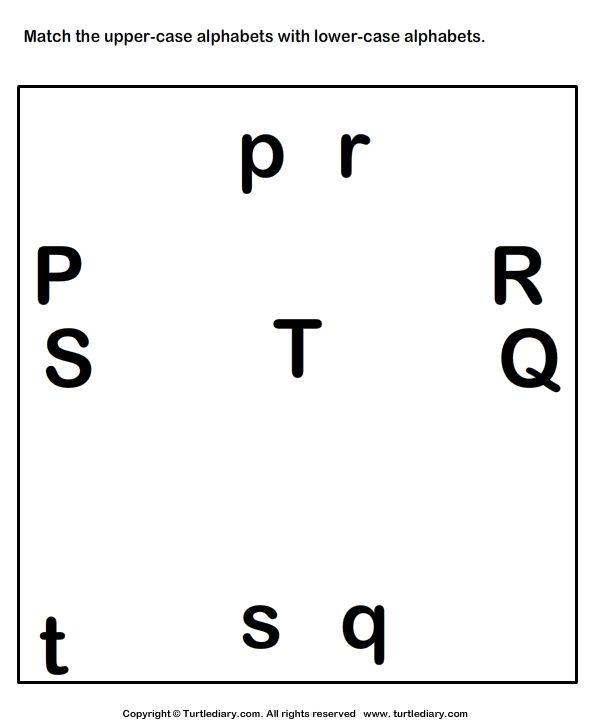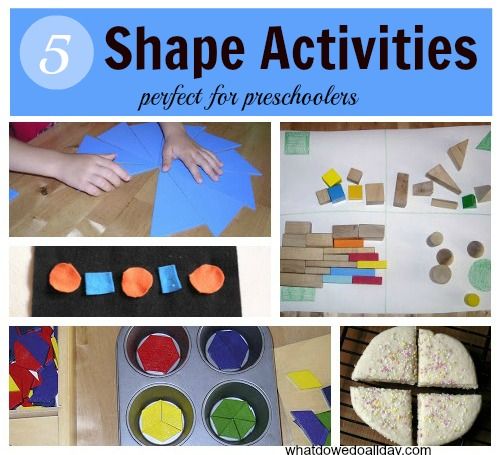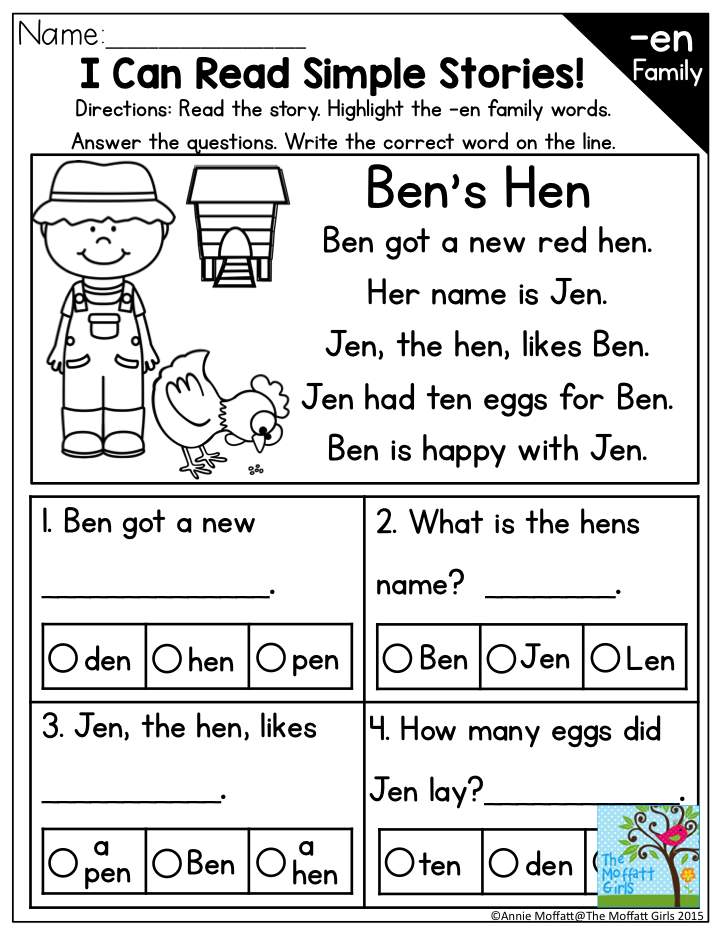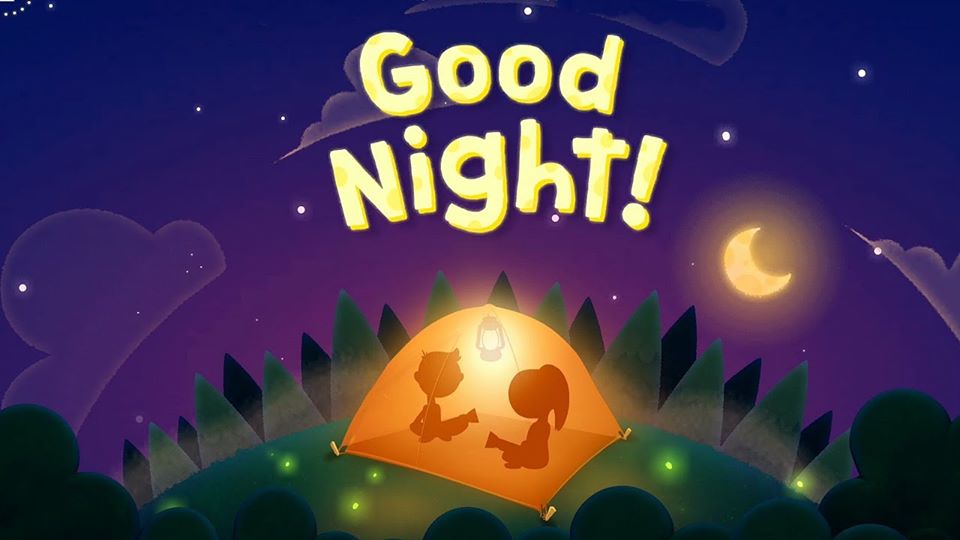Understanding reading levels
Reading Levels Explained: What They Are & How They Are Assessed
When your child is first learning to read, reading levels are an important tool for helping them move forward without the struggle. But did you know even older readers can benefit from being matched with the appropriate reading level?
In this article, we’ll discuss how reading levels are used and how your child’s level is determined. With the right reading materials, your child can master reading and enjoy it for years to come!
What are reading levels?
Reading levels are a detailed way to pair your child’s reading ability with books they can successfully read and understand.
Reading levels are an effective way to measure a child’s reading progress. If your child is primarily reading books at or just above their determined reading level, they are more likely to find reading enjoyable.
As parents, we’ve all seen how reading can become frustrating. If a beginner reader tries to read a book that is far beyond their abilities, they may simply decide that reading is just too hard. And this frustration can create an overall dislike of reading and books. This is what leveled reading strives to avoid.
How is your child’s reading level assessed?
There are several different methods for measuring your child’s reading skills and classifying the books they will read.
We’ll be discussing the four most popular leveling systems in the next sections. Read on for the details on the GRL, DRA, AR and Lexile reading level measurements.
Guided reading levels (GRL) explained
Guided reading levels, or GRL, are based on the reading levels system developed by Irene Fountas and Gay Su Pinnell. For this reason, you’ll also often see GRL called Fountas & Pinnell.
This system classifies reading levels alphabetically from A to Z, with A corresponding to the earliest readers and Z falling in line with texts at or above an eighth grade level.
Books are grouped into the appropriate level based on the following considerations:
- Word repetition
- Sentence length
- Total word count
- Sentence complexity
- Number of different words
- Inclusion of supportive illustrations
- Amount of high-frequency (or most common) words
Because several GRL levels fall into each grade level, this is a precise way to classify reading materials.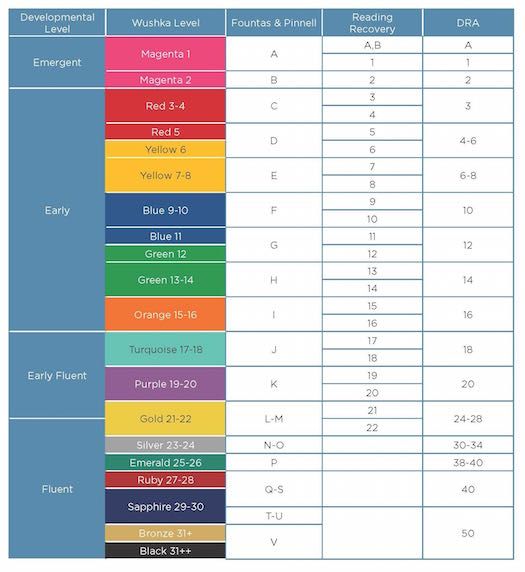 Not all second graders read at one level. But when second grade is split between levels I, J, K, L and M, more children will be able to find the right books to keep their motivation and confidence high.
Not all second graders read at one level. But when second grade is split between levels I, J, K, L and M, more children will be able to find the right books to keep their motivation and confidence high.
Developmental Reading Assessment (DRA)
The DRA, or Developmental Reading Assessment, helps identify how well students are reading independently.
This system matches the child with books on a numbered reading scale from 1 to 80 (it actually starts with A, but then all other levels are numbered. Confusing — yes, but unless your child is at the very beginning of reading, look for a number).
Your child’s score on the assessment is based on how well they perform against grade-level standards. The DRA looks at your child’s reading ability in three areas.
- Reading fluency
- Reading accuracy
- Reading comprehension
Like GRL, the different grade levels contain several DRA levels. For example, second grade includes DRA levels 18 to 28.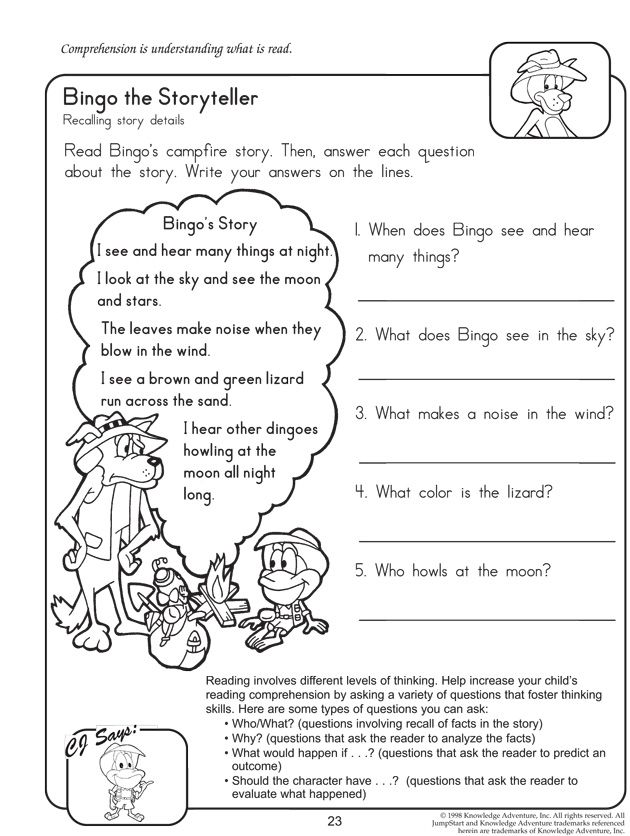 Once your child’s reading level is determined, they will be paired with leveled books to help them progress and improve.
Once your child’s reading level is determined, they will be paired with leveled books to help them progress and improve.
Lexile measurement
The Lexile framework for reading is a measurement system that includes two different measures — both a student assessment and a system for measuring book levels. Your child’s Lexile reading measure is determined from a school or state-wide test that checks for reading comprehension.
A Lexile reader measurement can fall between BR for beginning readers (which is below 0L), to above 2000L. Your child’s reading level can then be paired with books using their Lexile text measurement.
Over one million books, websites and other texts have received a Lexile text measure. Lexile recommends choosing books or texts for your child that fall between 100L below to 50L above their reading measure. This is deemed your child’s reading comprehension sweet spot.
Don’t know where your child falls? Talk to their teacher to see if their school uses the Lexile assessment. If so, they can provide you with your child’s most current measure.
If so, they can provide you with your child’s most current measure.
The Lexile framework is great for pairing more advanced readers with books that are still age-appropriate. If your child is reading above their level in the third grade, you don’t necessarily want them reading books with themes meant for seventh graders. Ask their teacher or use the Lexile website to discover age-appropriate books that will still hold their interest.
Accelerated Reader (AR) Levels
Your child’s Accelerated Reader (or AR) level is determined from a computerized test. After reading a book of their choosing, your child takes an online test on the book to measure their reading comprehension and earn points.
Based on the test score, your child’s teacher or librarian can help recommend more books to match your child’s level. If they struggled with their last book, easier options will be given. If they had zero trouble understanding the book, they’ll be encouraged to choose more difficult texts moving forward.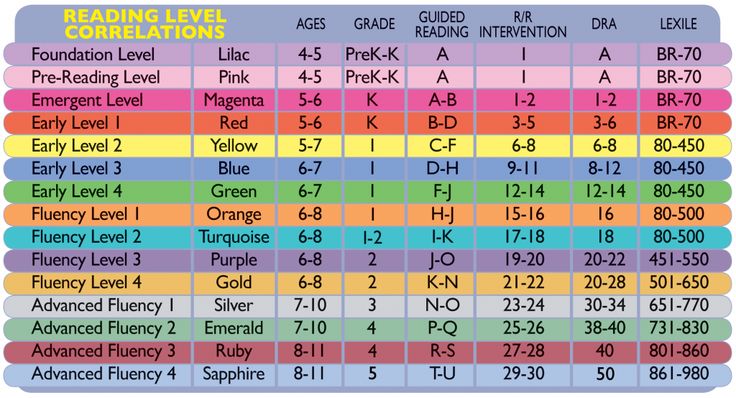
The AR reading levels fall on a numeric scale that closely correspond with expected grade levels. A second grader in the fourth month of the school year will, on average, be reading books at level 2.4. A fourth grader in the first month of the year will average level 4.1, and so on.
Reading level correlation chart
We’ve discussed several different reading measures, but how do they correspond with expected grade levels? And how does each measure relate to the others?
Use this handy chart from Reading A-Z to see how your child’s reading level fits into the different systems. Or check out the one below from Traci Clausen.
Reading level FAQs
1. How can I find level-appropriate books for my child?
First, ask their teacher or the school’s librarian for recommendations. They know your child’s interest and reading ability better than any computer resource. They will also be up to date on children’s books, including what is on level but also age-appropriate for your child.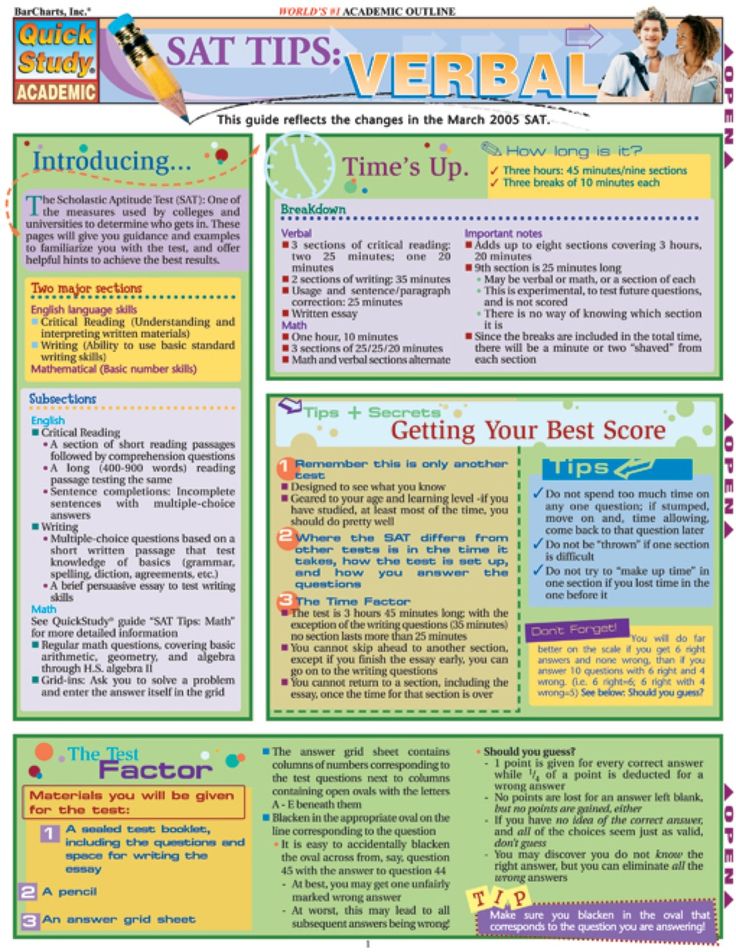
There are some great resources online for finding leveled readers your child will love:
- Find the right books that match your child’s Lexile measure.
- Check out the Accelerated Reader Book Finder if your child uses Accelerated Reading.
- Use the Scholastic Book Wizard to discover a book’s level or to find leveled recommendations.
2. How can I help my child improve their reading?
The short answer — encourage them to keep reading, whether they’re using books or online programs.
The more exposure they have to books, the better. Just be sure to choose book topics that lineup with their interests. Does your second grader love dragons? Try a simple fantasy chapter book. Does your fourth grader adore lemurs? Look for children’s non-fiction books about the creatures of Madagascar. If it’s something they’re interested in, they’ll be excited to read and learn.
If it’s a struggle to get your child to pick up a book, don’t stress! There’s reading to be found everywhere. Instead of arguing over reading time, invite your child to play an online game. Role-playing games (and even those online mini-games) require a good amount of reading. Or choose educational language arts games like Prodigy English. Games keep learning fun, and when your child loves learning and reading, they’ll be set for life!
Instead of arguing over reading time, invite your child to play an online game. Role-playing games (and even those online mini-games) require a good amount of reading. Or choose educational language arts games like Prodigy English. Games keep learning fun, and when your child loves learning and reading, they’ll be set for life!
3. What should I do if my child is struggling with reading?
First off, take a deep breath. There is so much pressure on both kids and parents to be reading earlier and earlier. It’s okay if your kindergartener isn’t reading yet. If your third grader is reading at a second grade level, they’ll catch up. Your primary role as a parent is to encourage them to keep trying, and keep their confidence and joy of reading top of mind.
To help encourage young or struggling readers, match them with books they are excited to read. Take them to your local library and let them choose the books that call to them.
If a book is beyond their level, but they just have to have it, let them enjoy it.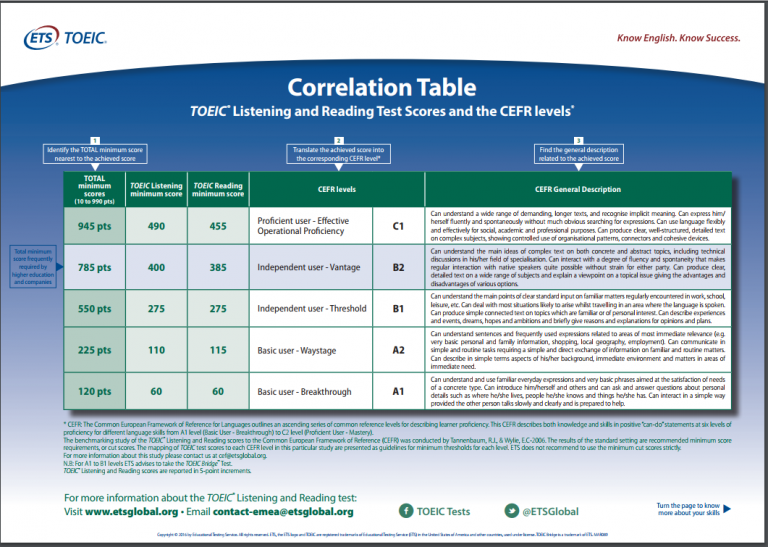 It may be just the challenge they need, or they may simply enjoy the pictures. If it’s too tricky, let them know that you’re available to help. Your child is never too old to enjoy a read-aloud.
It may be just the challenge they need, or they may simply enjoy the pictures. If it’s too tricky, let them know that you’re available to help. Your child is never too old to enjoy a read-aloud.
And don’t forget the reading that happens every day. Have them help you read the recipe for tonight’s dinner. Or ask them to show you their newest video game. Listen as they explain the characters and stories. Reading comprehension presents itself in a variety of ways outside of books and standardized testing.
Above all, remember your child is learning so much more than their reading level score can show. Reading levels can be a great tool, but they are not the only measure of your child’s reading ability. Follow your child’s lead, take the pressure off and watch them grow into reading in their own way.
Reading games and activities can help supplement coursework
Reading can be so much fun! It’s too easy to get caught up in grade levels, whether your child is “ahead” or “behind”.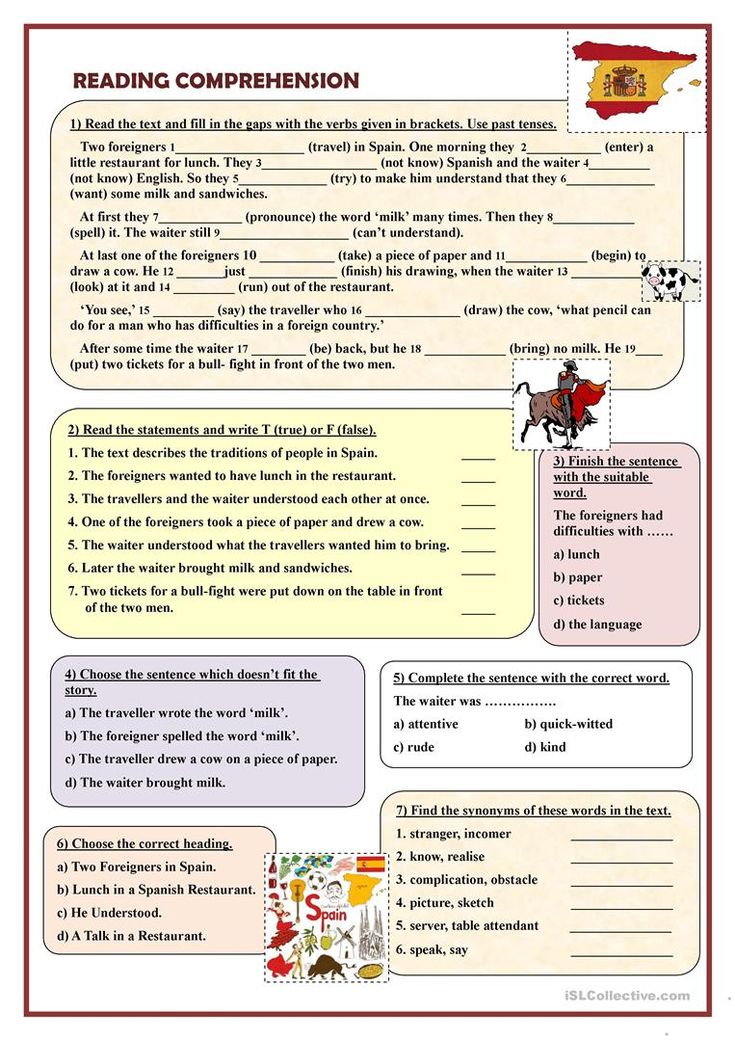 All of this can make us lose track of the magic a good story holds.
All of this can make us lose track of the magic a good story holds.
Bring some of that magic back with fun reading games and activities your kids will love. There are so many ways to read, explore and learn together.
Explore a fun, game-based learning adventure with Prodigy English. While kids play, they'll explore a world of their very own, gathering resources and earning rewards. Every skill-building question they answer gives them more energy to get creative and keep learning!
Sign up for a free parent account today to track and motivate their learning.
Sign up nowHow To Determine Your Child’s Reading Level And Choose The Best Books
When you sit down to read a book, you want to enjoy the story in front of you. The same is true for your child. That’s why uncovering your child’s reading level is an important step in fostering their love of words from a young age!
Consider the different factors that allow kids to enjoy the books they read.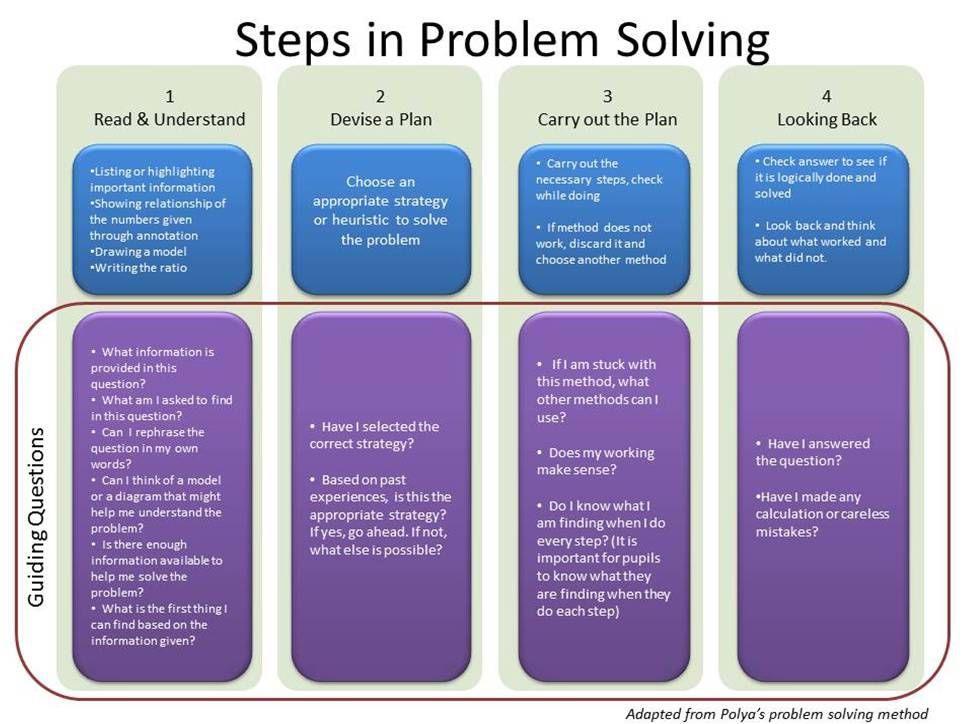 For example, does it tie into their interests, and is it slated as an appropriate option for their level? By answering these questions, you can make sure they’re reading books that are just right for them!
For example, does it tie into their interests, and is it slated as an appropriate option for their level? By answering these questions, you can make sure they’re reading books that are just right for them!
If your child is in school, you’re probably no stranger to jargon like “reading level.” But what exactly does Lexile Framework, Guided Reading Levels (GRL), or Developmental Reading Assessment (DRA) actually mean?
Additionally, if your child is just starting to read on their own (or already reading independently) and is learning from home, how can you figure out what reading level is right for them? If any of these thoughts have crossed your mind, you’ve come to the right place.
We’re here to answer your questions so you and your child can sit down and enjoy a good book together!
What Is A Reading Level?
A reading level is simply a measure of your child’s ability to read text. It reflects how well your little one can read independently. Importantly, reading levels help you choose books that are a good match for your child while still presenting a challenge.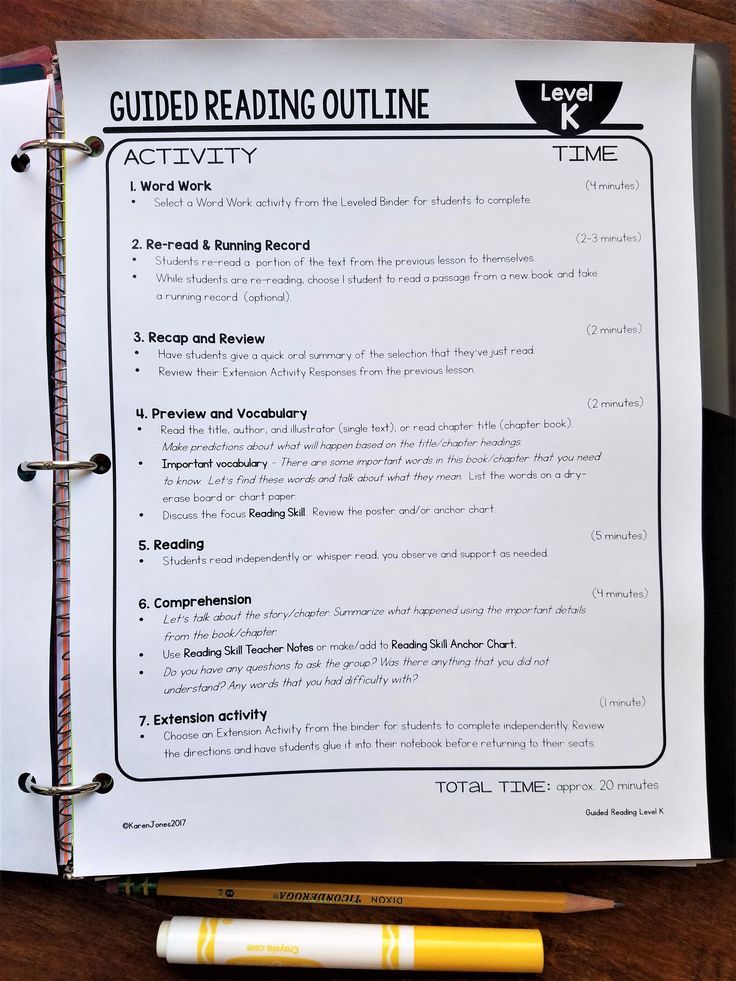
Keep in mind these levels are meant to be helpful, not stressful. They don’t limit your child, but, rather, help them blossom into a fluent, excited reader.
When your child reads books that are appropriate for their current reading level, it boosts their confidence so they can truly enjoy reading! Also, knowing what level your child is at allows you to work with them to improve their skills.
That being said, it’s important to remember that children are unique and develop differently. Comparing your child to their peers isn’t necessarily the best approach when trying to assess their reading ability.
Why Is Determining Reading Level Important?
It’s helpful to determine your child’s reading level so you can find books that are appropriate for them to read on their own: not too difficult but challenging enough to encourage growth.
Reading level classification is a convenient tool you can use when searching online or at the library. And when you provide books that are on your child’s level, you create excitement and build their confidence, which can lead to a lifetime love of learning and reading!
If you’re looking for ways to help your little one read at the best level for them, Our new app HOMER Learn & Grow has a Stories section that gives age-appropriate story recommendations!
This is a great resource that takes your child’s specific interests and recommends stories just for them. What’s more, your child can choose to read along or read on their own.
What’s more, your child can choose to read along or read on their own.
How Is Your Child’s Reading Level Measured?
Your child’s reading level is usually measured at their school in first or second grade, and we’ll show you how that’s done. Here’s a tip: since your child’s teacher knows their reading level, consider asking the teacher (or the school librarian) for books your child can read at home.
Don’t worry if your child isn’t in school yet or if they’re homeschooled. We’ll show you how you can measure their reading level at home, too!
Before we dive in, it’s important to note that we think of books for kids at three levels: independent reading, instructional reading, and frustrating to read.
As the names indicate, independent reading books are ones a child can read with ease and without support from an adult.
Instructional ones are the books just above independent that teachers might use to stretch a child’s reading as they offer support while the child makes that next step.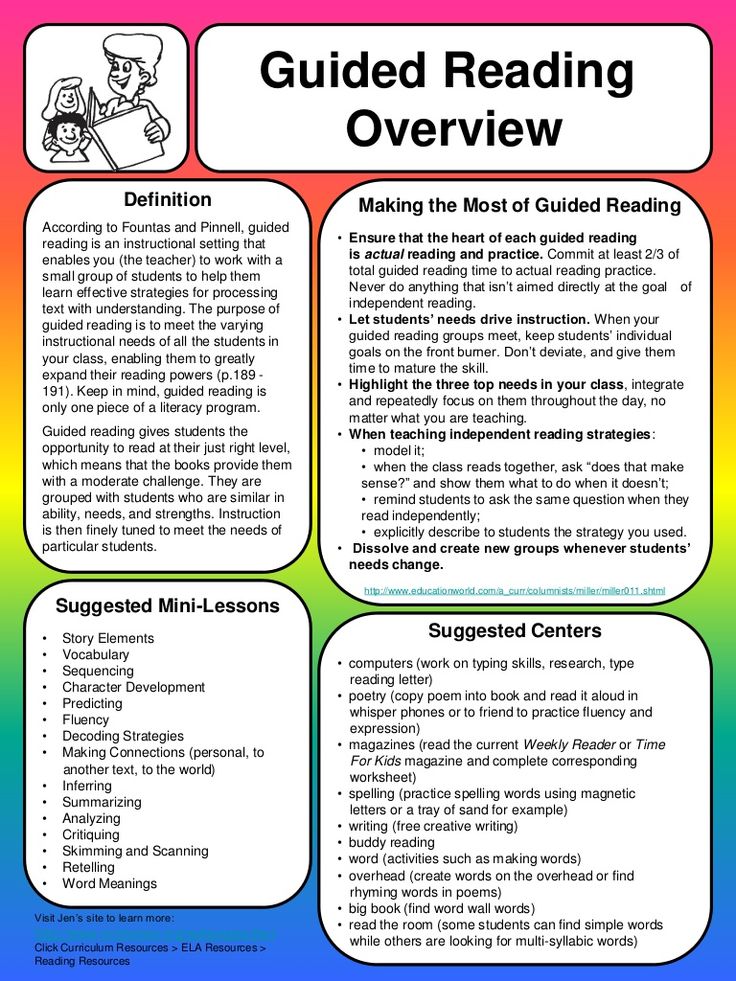 Finally, frustrating books are too hard for a child to read even with adult guidance.
Finally, frustrating books are too hard for a child to read even with adult guidance.
Now that you have an idea of how to think of the different books your child might encounter, let’s talk about the tools used for determining or describing reading levels.
Lexile Framework For Reading
Lexile Framework For Reading is an educational tool that ranks books by order of their difficulty using a scale called a Lexile. Usually, your child’s teacher will determine their Lexile reading level and then choose books that have a matching score.
The Lexile score, or measure, describes your child’s reading ability and matches them with books and other reading materials. This measure ranges anywhere from 0L to 2000L.
Kids are encouraged to read within their Lexile “range” — 50L above to 100L below their actual level. For instance, if your little one is reading with a Lexile measure of 500L, they would read books ranging anywhere from 400L to 550L.
Using standardized assessments, schools will often measure a child’s reading level several times a year to help them select books that are appropriate for independent reading.
Guided Reading Levels (GRL)
GRL is a guided reading system used in some schools.
To determine reading levels using GRL, children sit one-on-one with their teacher and read from a book that’s considered standard for their grade level — a “benchmark” book. GRL books range from A to Z with A being the easiest.
While reading these books, the teacher will take notes on any missed words and ask comprehension questions, such as, “When did the story take place?” or, “What was the problem in the story?”.
Through guided instruction, the teacher will gradually move children into more difficult books.
Developmental Reading Assessment (DRA)
DRA is a standardized reading test given by teachers or reading specialists. As with GRL, children sit individually with the test administrator and read a book.
Several factors are taken into consideration to determine reading level, including:
- Reading comprehension
- Phonemic awareness
- Fluency
DRA books are labeled with an A for the easiest books and then move into a numerical grading system.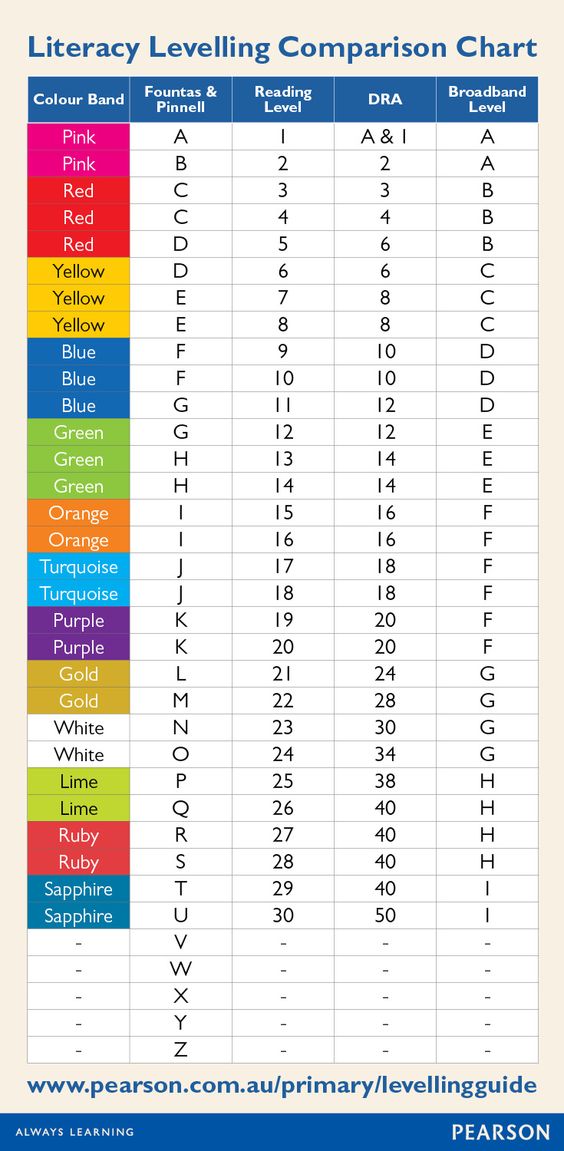 The levels range from 1 to 80 with 1-3 representing a kindergarten reading level and 80 representing an eighth-grade reading level.
The levels range from 1 to 80 with 1-3 representing a kindergarten reading level and 80 representing an eighth-grade reading level.
Once a child has a DRA or a GRL level, a teacher or parent can search for the reading level of any particular book and can usually discover either the Lexile, DRA, or GRL of that particular text. Here’s a chart for your reference.
At-Home Reading Levels
If you’re looking for a way to find out your child’s reading level without using any of the methods listed above, you might try the five-finger rule.
For the five-finger rule, choose a book and flip to any page. If your child seems to have trouble reading more than five words on the page, it’s a good indicator that the book is too advanced for them.
To be sure, though, you can have your child try another page, especially if they seem eager to read a particular book.
This can be a helpful strategy, but it’s OK to let your child try a book and see how the reading goes.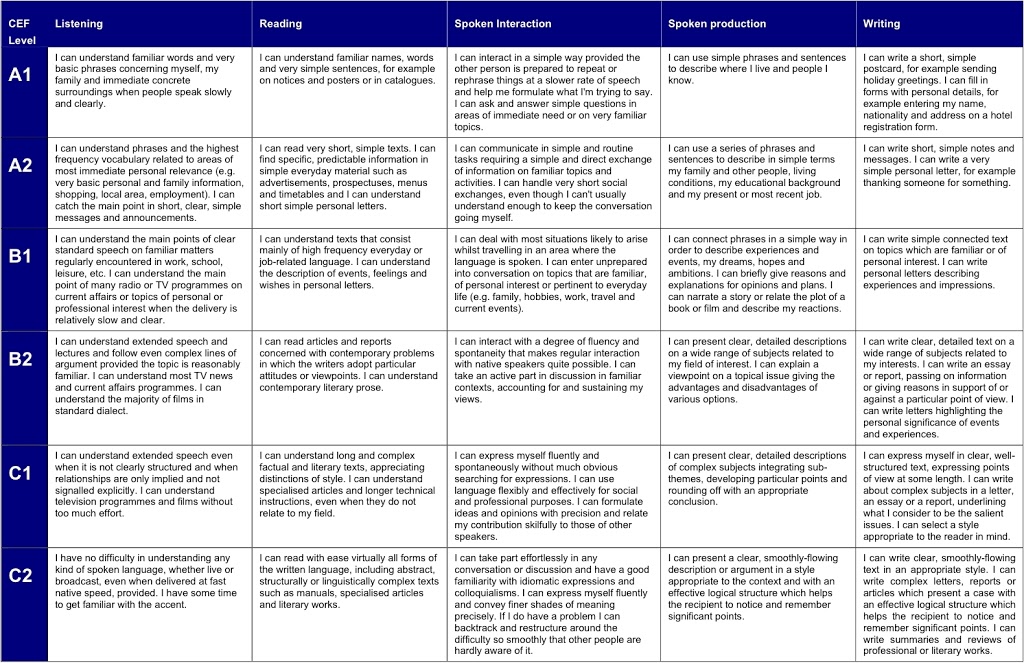 If a book is too hard, most kids will figure that out — and there is nothing wrong with reading books that are too easy!
If a book is too hard, most kids will figure that out — and there is nothing wrong with reading books that are too easy!
Sometimes a child may be interested in a book that’s a little too hard for them. If this happens, we encourage you to read aloud to your child. You can also read together by alternating pages, paragraphs, or sentences.
It’s important not to completely avoid books that may be a little above your child’s reading level.
Even if your child struggles a bit to read them without assistance, these books can still be beneficial in helping build their vocabulary, improve comprehension, and increase general knowledge — not to mention, encourage their love of reading!
When your emerging reader seems overwhelmed by one book, you can always give the five-finger rule a try with other books until you find the right match. And if your child is particularly interested in a topic, you can always read the book to them and stop on words you know they can read.
Also remember that when a child is really enjoying a book and highly motivated to read it, they will read at a higher level than if the material is not as interesting to them.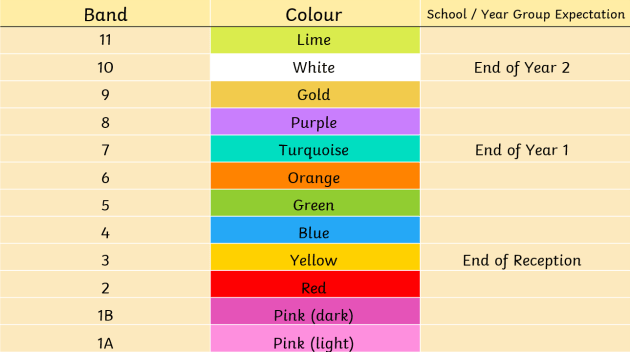
Tip: Most libraries and bookstores have books arranged by reading level so you can easily choose the best one for your emerging reader!
Feel free to ask librarians and knowledgeable staff at bookstores to offer suggestions. You could even say something like, “My child happily read a Clifford book; can you suggest others at the same level?”
How To Help Your Child Become A Stronger Reader
As we mentioned earlier, you can easily determine your child’s reading level at home so that you can help them choose books that are just right! We suggest incorporating some of the tips below to help your child become a stronger reader.
Start With Clues
- Is your child using “sounding out” techniques to figure out unknown words?
- When your child reads, are they getting tripped up by sight words — common words that are hard to sound out?
- Is your child using pictures to help them understand what is written on the page?
- Is your child using context clues to figure out what word makes sense to come next as they read sentences?
Check Vocabulary
- Play games with your child to see what words they know.
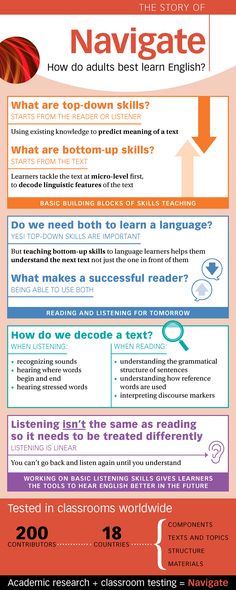 For example, say a sentence and point out one word in the sentence. Then ask them if they can come up with a different word (synonym).
For example, say a sentence and point out one word in the sentence. Then ask them if they can come up with a different word (synonym). - Play synonym games to see what words your child knows. For example, challenge yourselves to think of 10 or more ways to describe speaking (shout, whisper, mumble).
While you’re talking with your child, describe something specific from your day. Make sure to use interesting adjectives, and don’t hold back from using sophisticated vocabulary when talking with your child.
You can help your child’s vocabulary grow through day-to-day conversations and activities!
Ask Comprehension Questions
Understanding what they read is an important part of your child’s reading journey.
- To check for reading comprehension, we suggest pausing every other page to talk about what you’ve just read. Make this a natural reaction to the story, like you’re thinking aloud about the story or characters, so that it doesn’t feel like a test.
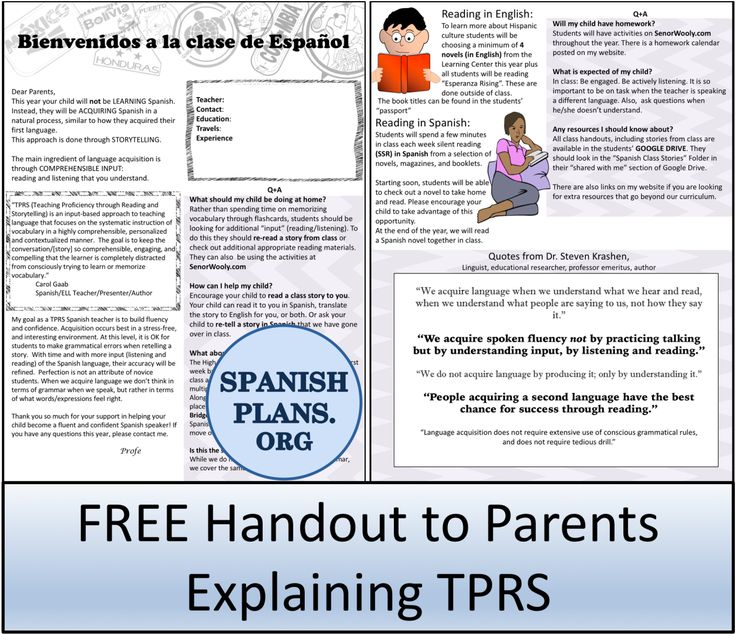
- Consider encouraging your child to act out and retell the story (for younger children).
- Try discussing themes/lessons with your child (for older children). Remember: this isn’t a test, but a conversation between book lovers!
Talk To Your Child
When most people implement strategies to help their children improve their reading skills, they often forget about the importance of verbal communication. It’s essential to talk to your child frequently in short and simple sentences.
This includes singing songs, telling them wonderful stories, reciting fun nursery rhymes, and describing the world around them. All of this exposes children to lots of different words. It also helps them learn that language is a powerful tool for communication.
Discover Your Child’s Favorite Books
- Children often choose books that are a little below their actual reading level. At home, this is a good thing. It keeps reading fun and exciting!
- We recommend choosing books that interest your child — with a certain character or activity they like — so they’re curious and excited about reading.
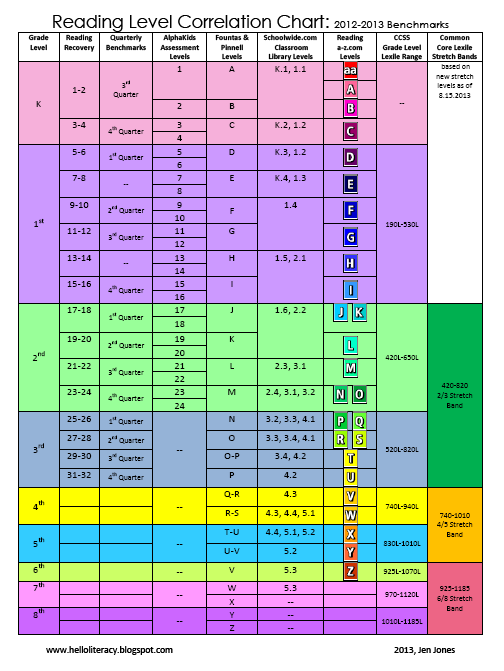
Reading books your child enjoys together can encourage their love of reading. And letting them read those same books to you can boost their confidence over time.
Together, these two activities increase your child’s fluency and reading enjoyment!
Create A Reading Corner
Establishing a reading corner in your house can benefit your child. The setup doesn’t need to be elaborate. This can be a simple, quiet, private area where your child can confidently read independently or with you.
It’s also great for the spot to be well-lit and filled with lots of books your child enjoys reading.
Is Reading The Same Book Over And Over OK?
Just like you might pick up an old favorite book to read, your child may do the same, and that’s OK! At least you know they’re enjoying a good book and the process of reading!
Rereading books can have many benefits for a child, including:
It allows children to get more from the text. Have you ever developed a deeper understanding of a story after rereading it? That’s because the more you engage with a story, the more you can take away from it.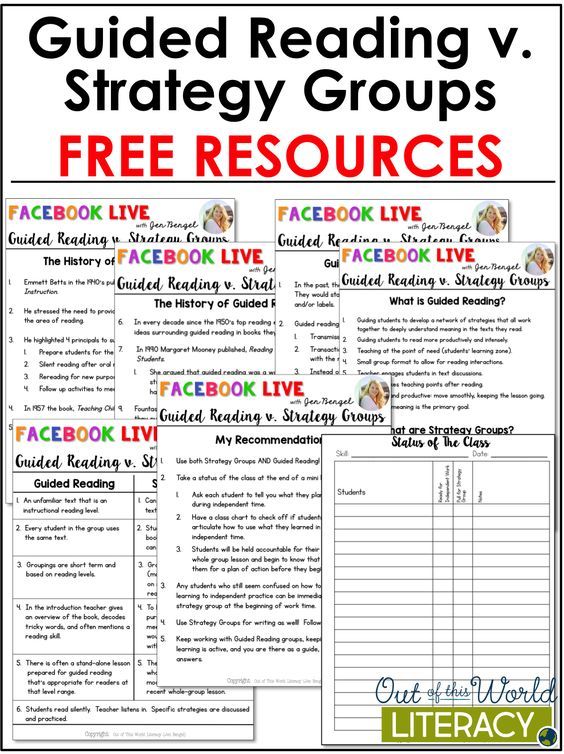
You can pick up on new information, establish connections between yourself and some of the characters, and even improve your understanding of the overall story.
Similarly, allowing your child to read their favorite books for the second, third, fourth (or more) time will enable them to get more from the story.
It also allows for bonding. Did you know that rereading books can help bring your family closer together?
Many of us remember a couple of books that our family read together regularly. This can be a holiday book or a favorite story. Rereading is a great way to get the whole family involved, as everyone can take turns reading and connecting on the same story.
What’s more, reading familiar books can actually help develop a young reader’s fluency. It allows them to learn the words and helps them become familiar with narrative structure or storylines (i.e. beginning, middle, and end), which builds reading comprehension later on.
So feel free to let your child choose the same book over and over!
FAQs About Reading Levels
What Reading Level Should My Child Be In Each Grade?
It’s challenging to answer this question because each child is different and will naturally develop at their own pace. For example, just because your child’s friend has started reading fluently doesn’t mean your child will be able to do that yet.
For example, just because your child’s friend has started reading fluently doesn’t mean your child will be able to do that yet.
While no parent wants their own child to be a little behind compared to their peers, putting too much pressure on them to “catch up” might actually have an adverse effect. In fact, they might feel overwhelmed by the pressure and develop a negative attitude toward reading.
It’s also important to note that there’s no direct link between a certain Lexile measure and a specific grade level. When using any of the reading level measures we mentioned, remember that they are an estimate of a child’s performance and shouldn’t be interpreted literally.
Also, if you’re really concerned about your young learner’s development, you can always address those concerns with their teacher or another professional. They can offer tips and advice on how to best work with your child.
Finally, remember to be patient and positive no matter what. With lots of time and effort, your child will develop a lifetime love of reading!
Who Can Help Me Choose Books That Match My Child’s Reading Level?
The best place to start is to consult your child’s teacher.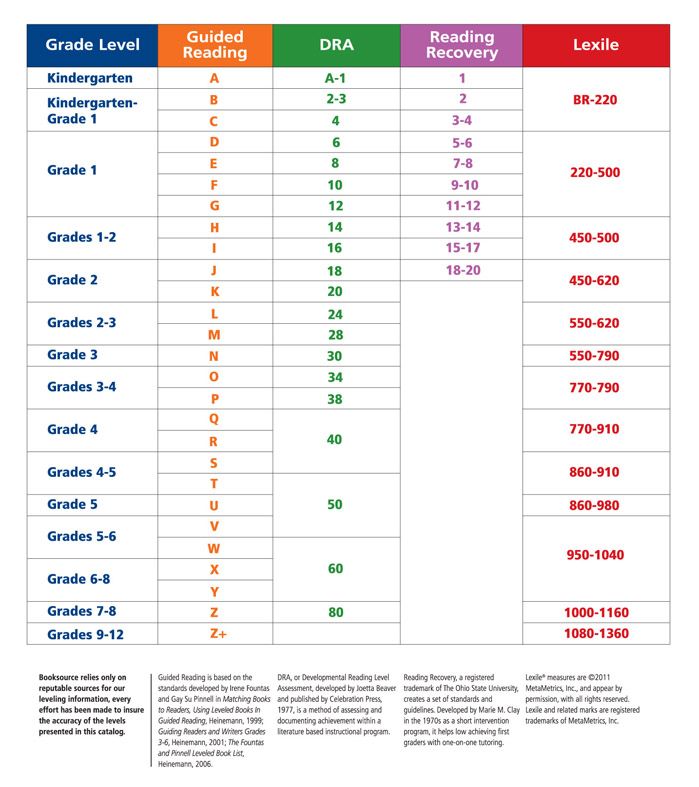 They will have the expertise to guide you in buying the right books for your child.
They will have the expertise to guide you in buying the right books for your child.
It’s also possible for you to look up most books online and find their reading levels. Furthermore, for beginner readers, there are publishers who label books in stages with age and/or grade suggestions attached.
If you’re homeschooling, you can also reach out to your local librarian or bookstores. As people who spend each day surrounded by books, they often have knowledge on this topic and may be able to recommend a few relevant books in your child’s reading level.
What If My Child Is Reading At A Lower Level?
The last thing a parent wants to hear is that their child’s reading level isn’t on par with their peers. But what can you do if, from the assessment used at your child’s school, you find out that your young learner is reading below the average grade level?
Firstly, it’s important not to panic. As mentioned earlier, kids develop reading skills at different stages of their development.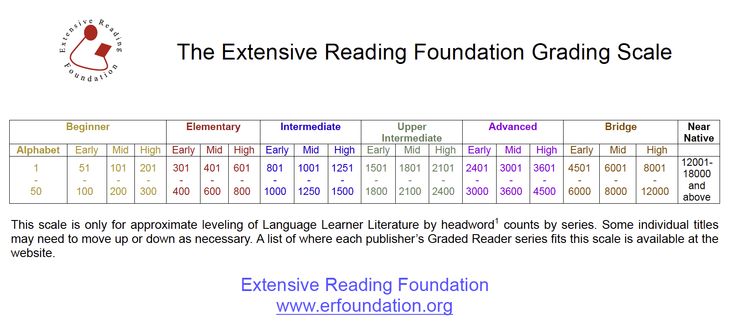 Some children might be early readers, while others may take time to get there.
Some children might be early readers, while others may take time to get there.
The most effective way to help your child improve their reading level is by continuing to encourage reading at home. While reading, remember to discuss the content to ensure comprehension.
Reading For Fun
From assessments to the five-finger rule, determining reading levels varies across the board. No matter which method you choose, remember these measurements are meant to be helpful and encouraging, not stressful and limiting.
Keep this in mind when assessing your young learner. You don’t want your child to sense any stress about their abilities, as this might overwhelm them and have an adverse effect on how they view reading.
While reading is an essential early learning (and lifelong) skill, you want your child to LOVE reading and not only view it as a test of their intelligence.
At the end of the day, the way reading makes your child feel is more important than their reading level.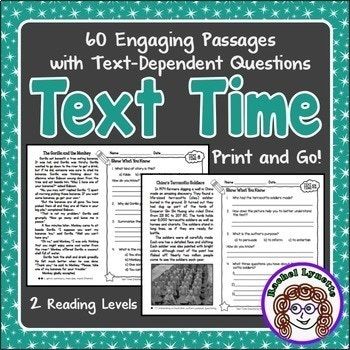 Each child learns in a way that’s special and unique to them.
Each child learns in a way that’s special and unique to them.
The HOMER Road To Reading
The road to discovering how to read can be a fun ride, but sometimes it’s bumpy. This is why we’re more than a learning program. We’re your learning partner.
If you’re looking for a resource to help develop your child’s love of reading and learning, consider taking a look at the HOMER Learn & Grow app. It’s full of stories curated based on your child’s interests!
When your child develops a love for reading, they’ll move up to the next level before you can say “Developmental Reading Assessment”!
Author
Levels and indicators of understanding of foreign texts
Levels and indicators of reading comprehension of foreign texts
1.1. Levels text reading comprehension
text comprehension - the main component of reading as a communication process. The text means written sentence or set of sentences that can serve as material to observe the facts of a given language of communication.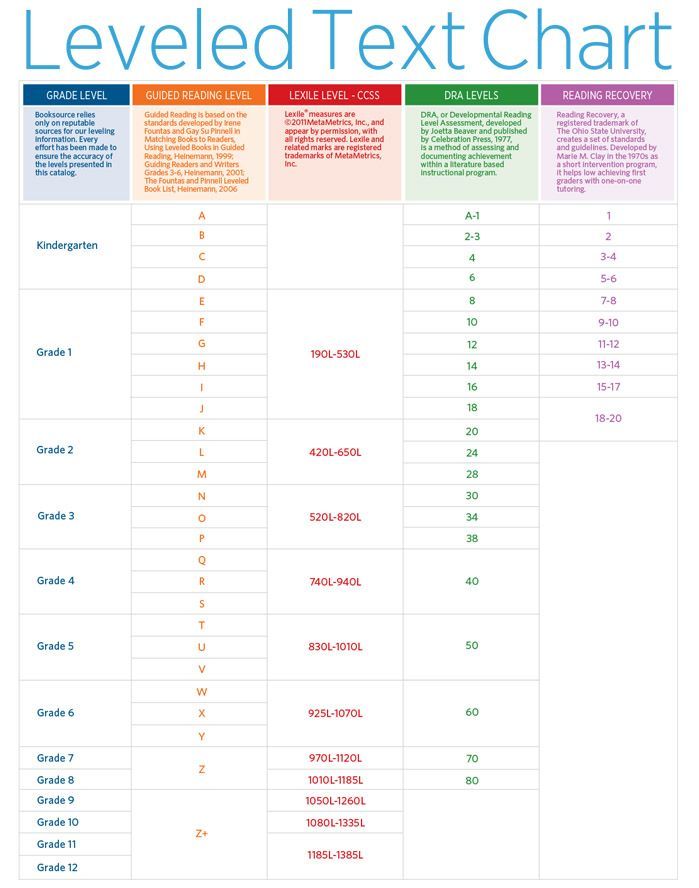 Therefore, it is important for the teacher to have an idea of the qualitative values that characterize the development of understanding, about levels and indicators of understanding the text of a communicative nature.
Therefore, it is important for the teacher to have an idea of the qualitative values that characterize the development of understanding, about levels and indicators of understanding the text of a communicative nature.
Experimental it has been proved that the levels of understanding of a foreign language text also depend on knowledge relevant foreign language, and that the translation process, if insufficient knowledge serves to establish the relationship "text-language-reader" [1, p. fifteen].
Klychnikova Z.I. defines seven levels of reading comprehension of a text [2, p. 94], which have a certain degree of communication.
Most elementary first level of reading comprehension of a text, which is characterized by understanding only a few words. This level is fragmented. As a rule, words denoting objects are understood. Less commonly understood words representing phenomena in the real world. In this regard, the understanding of parts of words The reader has various conjectures in the text.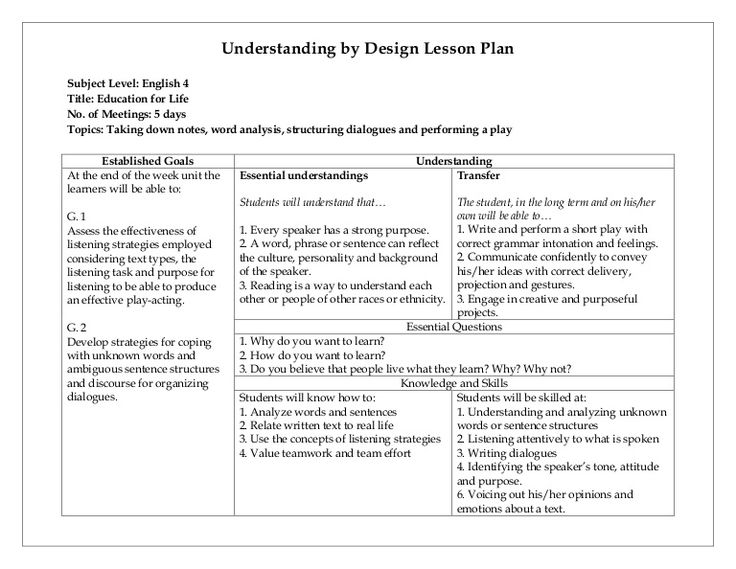 Based on the meaning of understandable words, the reader often recreates the distorted semantic content of individual sentences. This level is never accompanied by a synthetic perception of the text. Therefore, there is no adequate understanding of its semantic content. Such level is often found in underachieving students at any stage of education. BUT also in the case when students are given a very difficult language text. Basically, at this level, only categorical-cognitive information.
Based on the meaning of understandable words, the reader often recreates the distorted semantic content of individual sentences. This level is never accompanied by a synthetic perception of the text. Therefore, there is no adequate understanding of its semantic content. Such level is often found in underachieving students at any stage of education. BUT also in the case when students are given a very difficult language text. Basically, at this level, only categorical-cognitive information.
Second level understanding is the understanding of individual combinations of words. It's more complex level than the previous one, since the combination of words already requires knowledge grammar rules and based on them. Just like the first level, it characterizes, as a rule, a fragmentary understanding of the text. Connections are revealed between some of the objects referred to in the text. Based on these revealed relationships, there can be lucky guesses about the content of a particular other part of the text. However, since the relations of objects referred to in text, are known only partially, then a complete understanding of its content the reader does not occur.
However, since the relations of objects referred to in text, are known only partially, then a complete understanding of its content the reader does not occur.
Degree the reader's approach to understanding the general content of the text is different. It all depends on percentage of understood word combinations. Sometimes there are so few of them that it is not created no even approximate idea of general content. remain in the mind of the reader disparate parts of the text, not connected in any way to a common harmonious system. Sometimes the reader understands combinations of words that are the main milestones, relying on to which he approximately correctly guesses the general content of the text. Usually, at this level, categorical-cognitive and partially situational-cognitive information of the text.
Third level - it is the level of understanding of individual sentences. This is also a fragmentary understanding text, but at a higher level than the previous two. At this level it is possible understanding of all three planes of communication: logical, emotional and incentive. It all depends on what sentences of the text are witnesses. If sentences are understood that convey an emotional or motivating information, then it is these plans of the text that are most revealed, even with a very poor understanding of the text, or even with a complete misunderstanding of the logical text information.
It all depends on what sentences of the text are witnesses. If sentences are understood that convey an emotional or motivating information, then it is these plans of the text that are most revealed, even with a very poor understanding of the text, or even with a complete misunderstanding of the logical text information.
In cases where when those individual sentences that are understood constitute the outline of the semantic content of the text and are semantic milestones in the text, in other words, they have a certain significance for the entire message as a whole, perhaps an adequate understanding of the most general content of the text. However, this happens extremely rarely. Much more often at this level there are conjectures, various kinds of sentences that complete the links in the content of the text.
First, second and the third level of understanding of a foreign language text can be considered the levels of understanding linguistic information in communicative reading.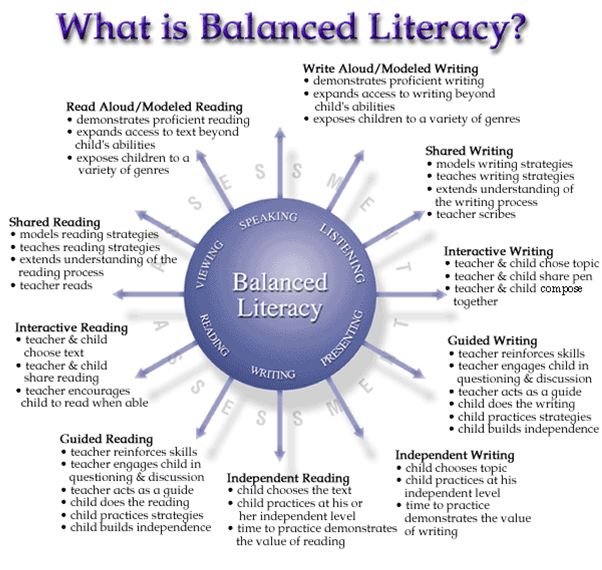
Fourth level is the level of understanding of the general logical content of the text. This level achieved when the reader grasps the main categorical-cognitive and situational-cognitive information of the text.
Possibility to understand the main content of the text is provided by synthesized perception all its components. This level of understanding occurs when text from 15% to 20% of new vocabulary. Some non-essential information may in this case remain insufficiently deciphered. But it must be be secondary information.
Level five understanding represents a higher level than the previous one. On this level, the reader understands both the general content of the text and its details. This level is achieved when the vocabulary and grammar of the text do not represent difficulties for the reader because he knows the language or because the text is sufficient simple. The reader recognizes the logical, emotional and volitional plans of the text in everything their diversity.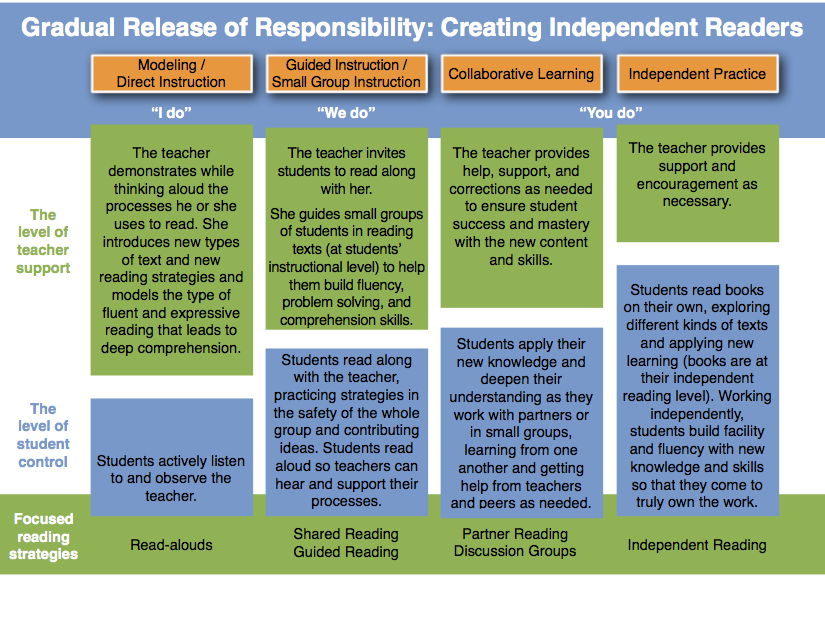 As a deviation from this level, there are cases when the text seems to be understood, but the general idea remains unclear to the reader.
As a deviation from this level, there are cases when the text seems to be understood, but the general idea remains unclear to the reader.
Fourth and fifth levels have meaningful information in reading on a communicative basis, the sixth and seventh below indicate an understanding of both the content and semantic information.
Sixth level characterized by understanding not only cognitive information, but also emotional. The attitude of the speaker to the expressed thought, to objects is understood. and objects that are reported. Understanding takes a special place here. portable meaning. When reading foreign texts, reaching this level possible with knowledge of the metaphorical meanings of words, expressions, knowledge of idioms, and also when penetrating into the subtext of the statement. This level requires good knowledge of the language.
Seventh, the highest level of understanding is the understanding of all three planes of information, contained in the text - logical, emotional and volitional.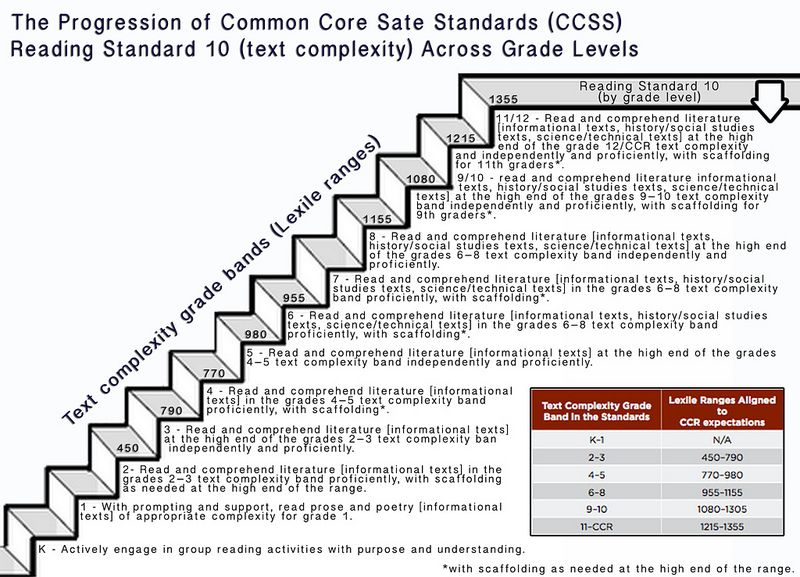 This level understanding can be conditionally called actional understanding. The reader does not recognize only logical and emotional, but also volitional content of the text. Text is understood so deeply that the reader turns from the face of the perceiver into the face empathic. The volitional, incentive orientation of the text turns into incentive for his work. The result of reading the text can even be certain actions of the reader.
This level understanding can be conditionally called actional understanding. The reader does not recognize only logical and emotional, but also volitional content of the text. Text is understood so deeply that the reader turns from the face of the perceiver into the face empathic. The volitional, incentive orientation of the text turns into incentive for his work. The result of reading the text can even be certain actions of the reader.
Levels of understanding cannot be regarded as successive stages of understanding characterizing degree of language proficiency. At any degree of language proficiency, excluding the most initial, any of these levels can take place. It all depends on what what is the relationship between the systems "text" and "reader". AT the practice of teaching a foreign language, it is necessary to strive to ensure that students received texts that would have high levels of reading comprehension.
1.2. Indicators comprehension of texts
For teachers foreign language is often extremely necessary to establish whether he understands the student's foreign language text and how adequate this understanding is.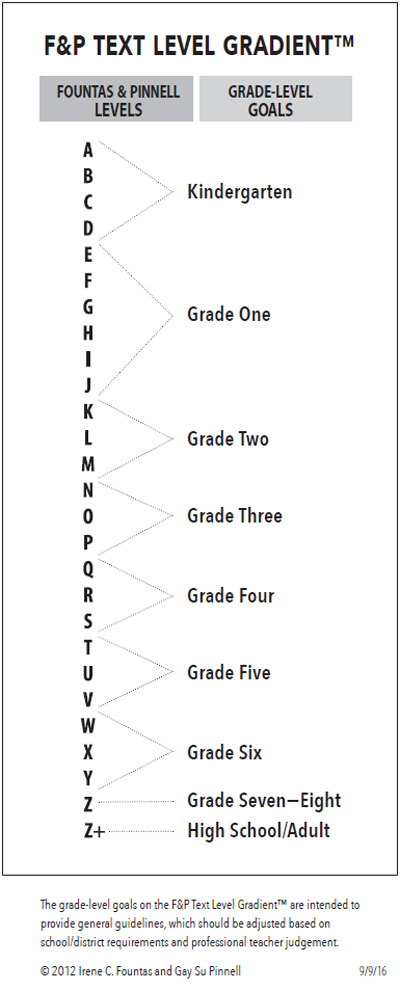 Indicators understandings are very different. There are many ways to check understanding of the text in a foreign language.
Indicators understandings are very different. There are many ways to check understanding of the text in a foreign language.
1. Finding students in the text of sentences that are answers to questions, presented to them before reading or after reading the text.
2. Answers students based on the text to the teacher's questions asked to them before reading or after reading.
3. Confirmation or refutation by students of judgments based on the material read.
4. Selection from the series ready-made answers those that correspond to the material read.
5. Loose answers to questions about the material read.
6. Answers to questions about the subtext of the material read.
7. Drafting reading a logical series of questions to the text.
8. Drafting reading questions to individual critical sentences or parts of the text.
9. Drafting plan of retelling the read text.
10.Free reproduction of text in native or foreign language.
11. Intonation individual sentences essential to the message.
12. Intonation the entire text.
13.Correct finding a logical predicate in separate sentences of the text.
14. Drafting reading sentences to illustrate the use of individual words, nouns to reveal the content of the text, the meaning of which was previously is unknown to him and could be revealed to him only if he understood everything messages.
15. Explanation the meanings of some words previously unknown to the reader, but which he could understand provided that the entire message is understood.
16. Reading pace text.
17. Translation individual words, groups of words, sentences and paragraphs.
18. Selection from a range pictures of those that illustrate the content of what was read, or the compilation illustrations for the text.
19. Registration inner speech when reading.
All these methods reading comprehension tests can be divided into two large groups.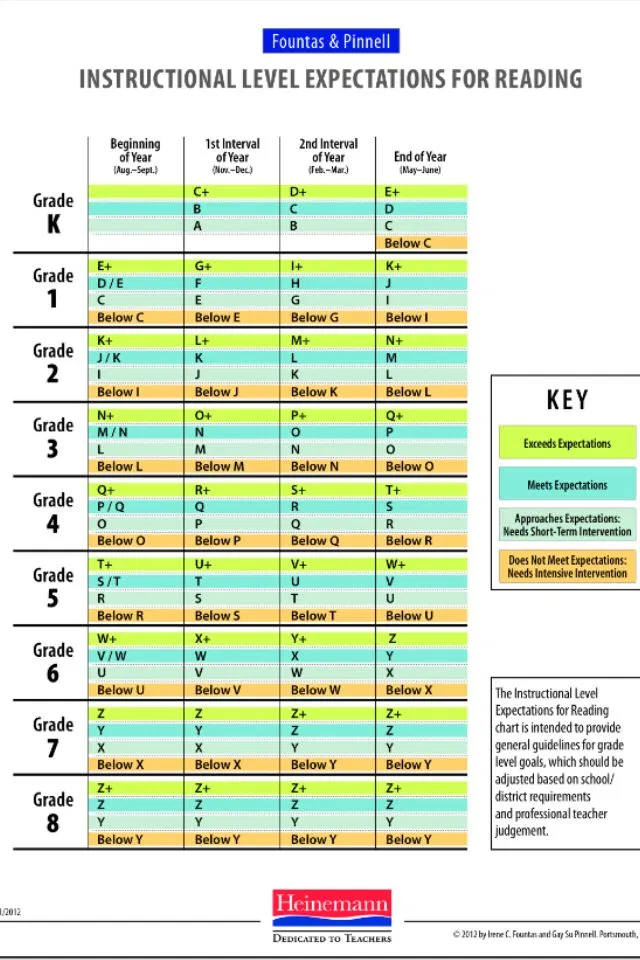 First the group is basically communicative in the use of what has been read material; the second is not related to communication, but has the character logical-textual, analytical work.
First the group is basically communicative in the use of what has been read material; the second is not related to communication, but has the character logical-textual, analytical work.
Main selection thoughts, choice of main facts, expression of one's attitude to what was read, prey information, evaluation of information, commenting on individual facts, prediction of the content of the text, transmission of information obtained from the text others in their native language or based on the text, asking all kinds of questions are communicative methods of verification.
These include also answers to questions, retelling of the text, which can be used on any stage of learning. As for the above methods - this is enough objective indicators of text comprehension, indicating an advanced level learning to read when speaking skills are well developed.
Textual-analytical ways of checking understanding, first of all, include the translation of individual words, phrases, individual sentences, especially sentences that are milestones in understanding the text.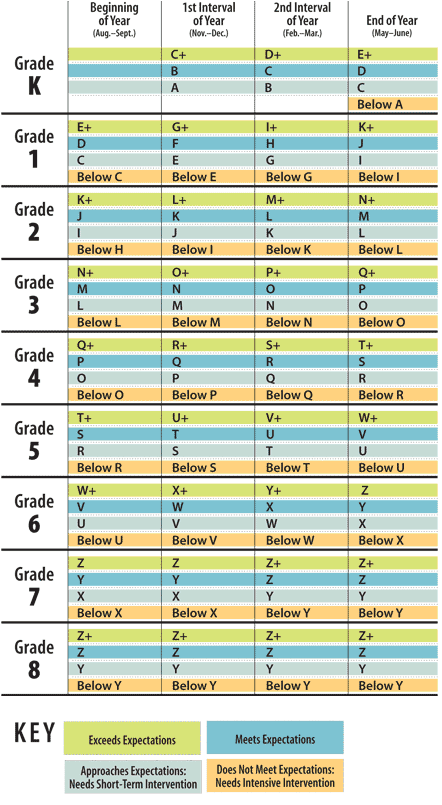
Give an example work with the text in the lesson under direct supervision and control teachers.
I. Before independent work over the new text, the teacher should direct the attention of the students to reading and understanding of the text. He reports some facts from the life and work of the author, or names the problem, the field of science, which is considered in the text. Can ask students what books by this author they have read.
II. Preparatory work for text reading. At this stage, it is necessary to perform pre-text exercises to in order to remove some linguistic and semantic difficulties of the text. It may be work of this nature:
A) pronunciation of geographical names, proper names. Simulating exercises, words are written on the board (cards) with transcription.
B) work with separate words that refer to a potential dictionary: international, marching, complex, converted. Pupils should guess the meaning of those words, give their own translation options.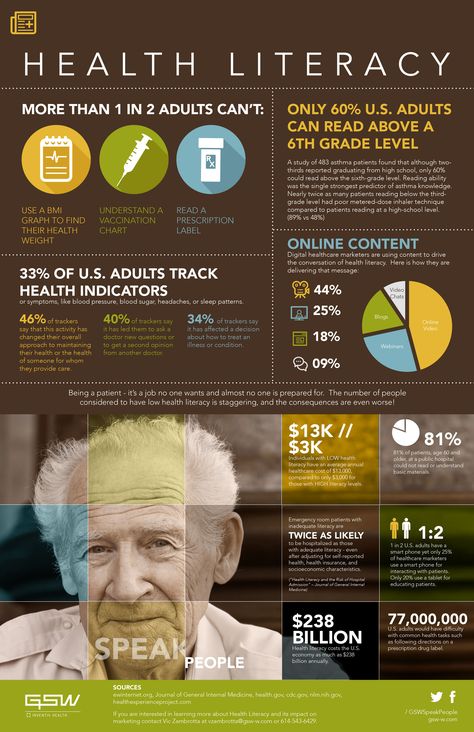
C) working out complex grammatical structures: analysis, translation.
D) familiarization with pre-text tasks, questions to which students must find answers, reading the text.
III. Reading the text to yourself the purpose of understanding the main content (the time of working on the text is regulated teacher in accordance with the volume and complexity of the text).
IV. Reading comprehension control (performing post-text exercises).
A) responses to teacher's questions regarding the main information of the text (short or full answers).
B) responses to questions related to important details of the text (full and short answers).
C) exercises on finding the facts indicated by the teacher. Testing the ability to navigate text, find units of semantic information, for example, quickly find and read sentences that name the main characters, the place of action or time, etc.
D) execute multiple or alternative choice tests to test comprehension by students of basic information and important details.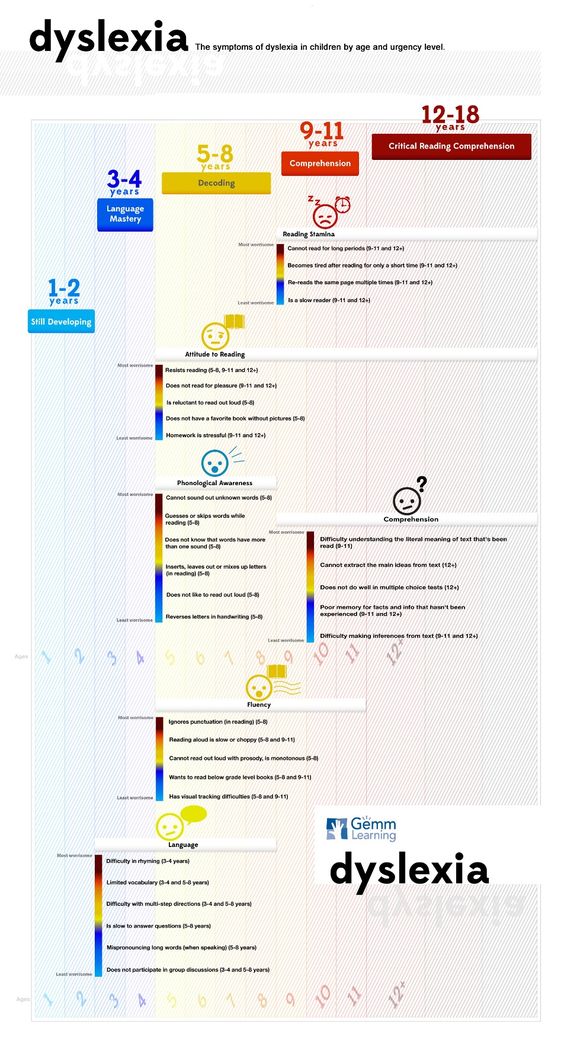
V. The final stage of work on text.
A) preparation for retelling of the text:
- compiling story plan;
- selection from text words, phrases or phrases for use in your own statements;
B) retelling text with an expression of their attitude to the problem, characters, assessments of the text.
"Record new the words. Read the text and answer the questions... Translate... Retell text…”
Teacher should be able to recognize among the huge variety of proposed texts and offer exactly those that will directly lead the child to a particular speech situations, which means they will provide much-needed foreign language communication.
References
1. Artemov V. A. Teaching a foreign language. Theory and practice / V. A. Artemov. – M.: The science. - 1981. - 260 p.
2. Klychnikova Z. M. Psychological features of teaching reading in a foreign language: A guide for teachers / Z. M. Klychnikova. – M.: Enlightenment. - 1983. - 224 p.
- 224 p.
3. Maslyko E. A., Babinskaya P. K., Budko A. F., Petrova S. I. Teacher's Handbook Foreign Language: Reference Manual / E. A. Maslyko, P. K. Babinskaya, A. F. Budko, S.I. Petrova. - Minsk: Your school. - 1999. - 522 p.
High speed reading comprehension levels. Speed reading. How to remember more by reading 8 times faster
High speed reading comprehension levels
As I mentioned at the beginning of the book, practice is much more important than understanding in learning some skills. Sometimes it comes only after the development of the skill. This is largely true for reading over 1200 wpm. And once you start practicing this skill, and I asked you to train at over 1800 words per minute for maximum efficiency, it will sometimes be difficult for you to maintain reading comprehension at the proper level.
The list below is an attempt to describe the various stages you will go through as you develop the ability to extract more and more information from the words you see when reading at very high speed. Study it carefully and try to keep this in mind during your daily workouts. If you feel frustrated, go back to the list and see where you are. If, after a few days of practice, you find that you need a higher level of understanding, choose an easier book to work with. As your understanding improves, you can move on to more complex material.
Study it carefully and try to keep this in mind during your daily workouts. If you feel frustrated, go back to the list and see where you are. If, after a few days of practice, you find that you need a higher level of understanding, choose an easier book to work with. As your understanding improves, you can move on to more complex material.
As you develop your ability to absorb information at a high reading speed, you will most likely go through the stages described below.
1. Words . You can see all the words and understand that they are all written in your native language or in any other language you can read.
2. Single phrases . Individual words and phrases catch your eye, but you get almost no idea about the content of the text as a whole.
3. Meaning appears and disappears . If you use a fiction book for practice, you start to catch the meaning of the text from time to time; if it is non-fiction or non-fiction, then you understand the theme of the text.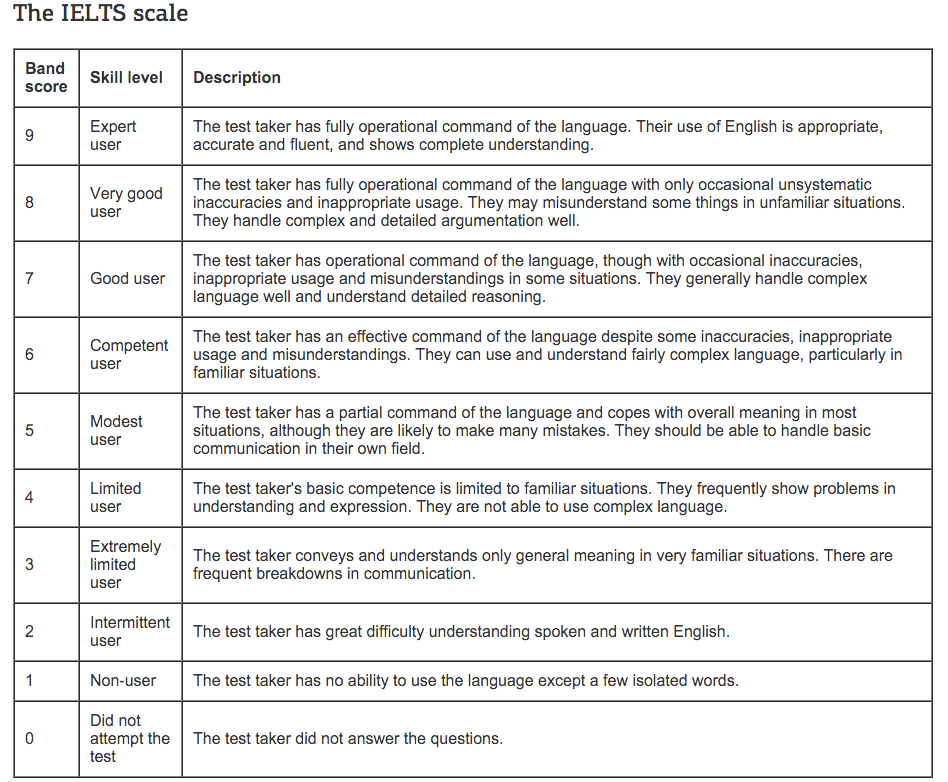
4. Main storyline : connecting the meaning of individual episodes into a single whole. You can follow the main storyline (when reading fiction) or grasp the main ideas (when reading non-fiction and non-fiction), but you miss out on a lot.
5. Reading. You understand what you're reading as you read, even though you can't remember what the text was about afterwards (this takes a lot of practice).
Practice #9
Materials: base list
Purpose: learn to quickly determine which level the third sentence of paragraph
belongs toTask: see how many paragraphs you can analyze in 6 minutes
Estimated execution time: 10 minutes
This exercise can only be performed once per session
1. Select a paragraph with at least three sentences. Read it as quickly as possible, using your hand, trying to understand what it is about.
Draw a linear memory scheme and write on it, without looking into the text, the topic of the paragraph.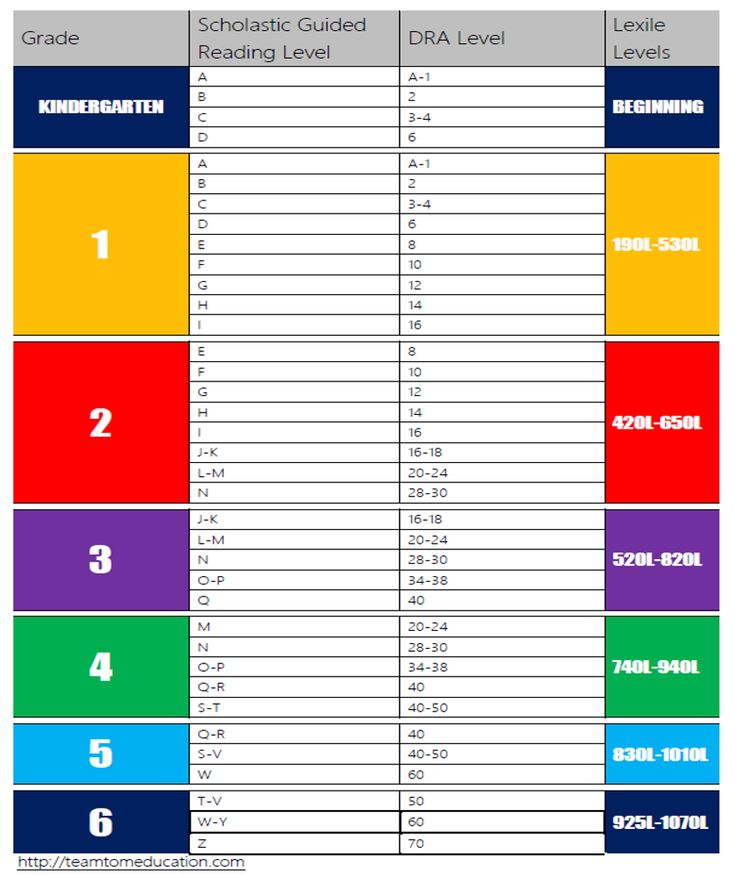 Don't add any details.
Don't add any details.
2. Go back to what you read and analyze the first three sentences.
Complete your linear memory scheme by reflecting the levels of the first three sentences on it.
An example of the exercise is shown below.
EXAMPLE. A. Wordsworth believed that each person can find a state of joy and harmony in life, which will change his whole existence, in nature. B. Spurgeon referred to his poetry as a set of notes and research devoted to a practical and detailed explanation of how such perception can be achieved. B. Wordsworth's description of the method of immersion in such a state emphasizes the importance of the practice of a passive attitude.
Or to save time:
3. Continue the exercise by analyzing the first three sentences in other paragraphs (not consecutive). See how many paragraphs you can work through in 6 minutes. Record the result in a progress report.
Practice #10
Materials: simple books
Purpose: visual reading training at high speed
Task: try to follow the storyline (or at least its scattered parts) while reading at high speed
Estimated execution time: 10 minutes
This exercise can be repeated
Explanation
1.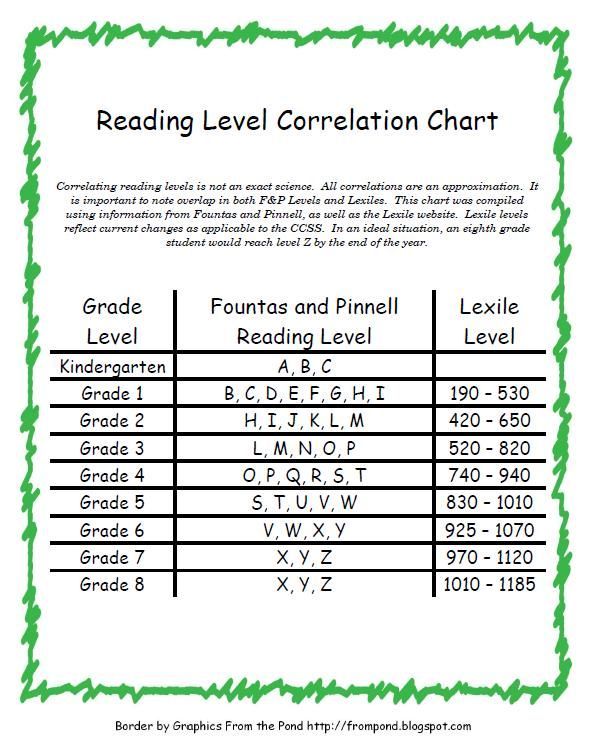 Select a chapter or chapter section containing approximately 10 pages; the book should be relatively simple or one that you have already read before.
Select a chapter or chapter section containing approximately 10 pages; the book should be relatively simple or one that you have already read before.
2. Using the "dust erase" motion, move down the page, spending no more than 3 seconds per page (if you feel more comfortable, you can first count: one, two, three, etc.). Make a diagonal memory scheme. Remember everything you can, even things you're not quite sure about. Most likely, you will not be able to remember much, except for proper names.
3. Repeat the same section using a circular motion with your hand, "underlining" one line, then moving down and circling the three or more lines below, moving from right to left, spending no more than 3 seconds per 1 page (about 7 full movements). Complete your memory scheme with whatever information you can.
4. Work through the same section using the "outline" motion, "underlining" one line, then moving down and back from right to left, spending no more than 12 seconds per page (about 6 full strokes).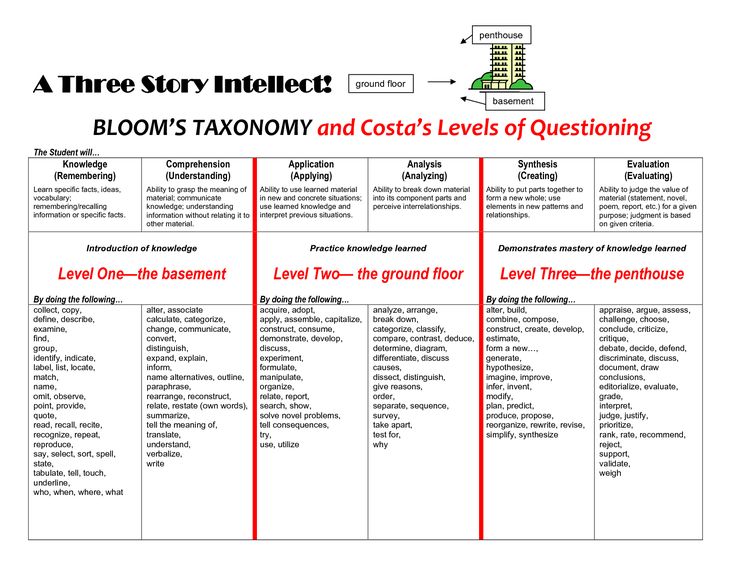
Purpose of reading: try to follow the storyline, even if it is in disjointed parts (even if the meaning comes and goes), while maintaining an acceptable speed for visual reading (at least 1600 words per minute).
5. Calculate the speed of the practice reading in step 4 and record it on the progress report. Find the total number of words in a section or chapter, to do this, first calculate the average number of words on one full page, then multiply it by the number of pages: for example, 240 words per page? 8.5 pages = 2040 words. Divide the total number of words by the amount of time spent: for example, 2040 words: 1.5 minutes = 1360 words per minute.
CAUTION. Step 4 practice reading must be done at a speed of at least 1600 words per minute (in the example shown, the speed is not fast enough!).
Practice #11
Materials: simple books
Purpose: visual reading training at very high speed
Task: to reach the mark made during the practice reading
Estimated execution time: 15 minutes
This exercise can be repeated
Explanation
1.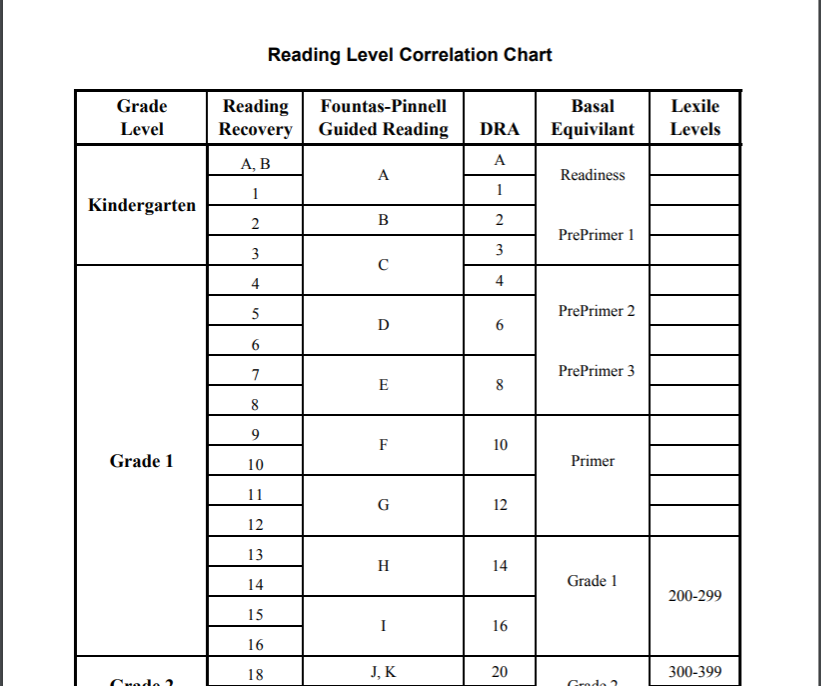 Put a mark 1 where you will start to perform the "trace paragraphs" movement.
Put a mark 1 where you will start to perform the "trace paragraphs" movement.
Practice reading, starting at mark 1, for 1 minute, using no more than 6 movements per page.
Mark the place where you left off with the number 2. Start drawing up a memorization scheme by writing the topic of the read text on the diagonal line.
2. Repeat the practice reading of the same text, trying to increase the speed and move further. Mark the new end of the reading with the number 3. Complete your memorization scheme.
3. Measure out a new passage of text, starting at mark 3 and ending with a new mark 4, which is approximately the length of the passage between marks 1 and 3.
Perform a practice reading of the passage between marks 1 and 4 for 1 minute using the dust-erase or paragraph-circle motion.
4. Measure out a new passage of text, starting at mark 3 and ending with a new mark 5, which is approximately the length of the passage between marks 3 and 4.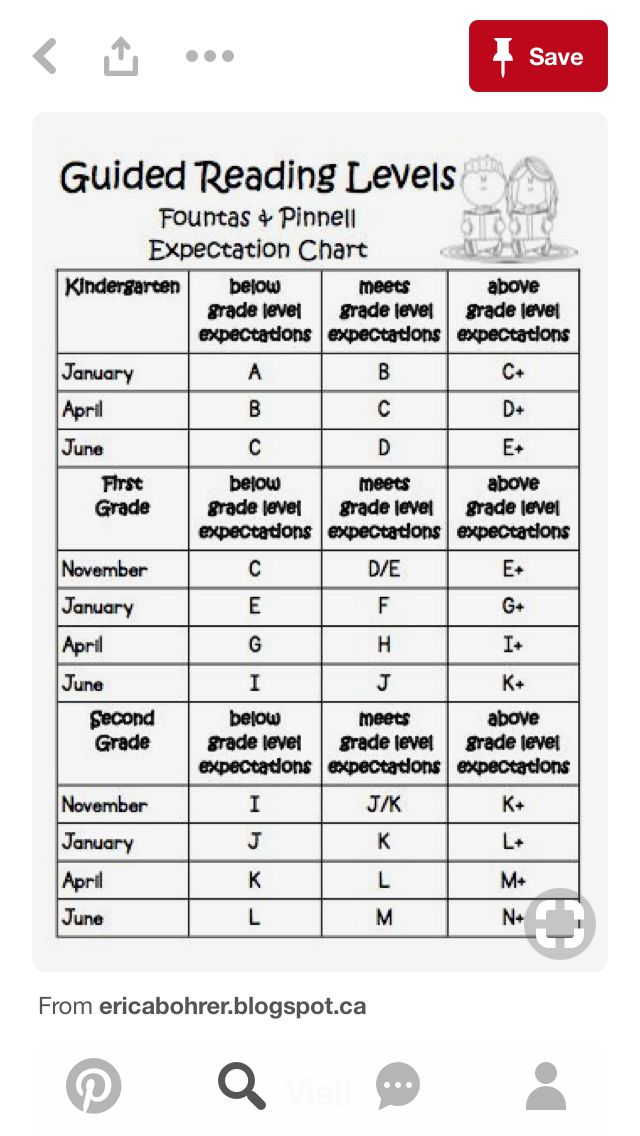
Practice reading the passage between marks 1 and 5 for 1 minute.
5. Go back to mark 3 and start practicing reading as fast as you can with "circling paragraphs" for 1 minute, trying to follow the storyline (not necessarily successfully).
Mark the new end of the reading with an X. Complete your memorization scheme.
Calculate the reading speed between marks 3 and X and enter it in the progress report.
Practice #12
Materials: basic list and books from list compiled for chapter 1
Goal: practice reading at three times your original speed
Objective: Maintain three times your original speed while retaining some reading comprehension
Estimated execution time: 15 minutes
This exercise can be repeated
Chart
Find the initial reading speed and round it up to tens.
Measure out five passages of text, each with a word count that is six times your original reading speed.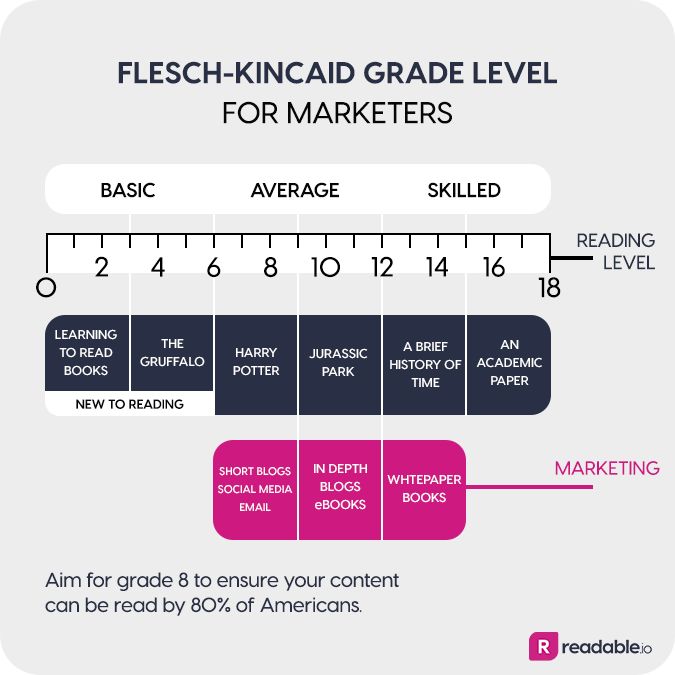
Explanation
1. Take the initial reading speed you calculated in chapter 2, for example 248 words per minute. Round that number down to the nearest tens, in this case 240 words per minute. Multiply this result by six: 6? 240 = 1440. Measure out five passages of text containing approximately that number of words. Mark the end of each of these passages with a paperclip or paper clip, or with a small piece of paper extending from the edge of the page.
2. Using your hand to keep pace with your reading, try to read the first passage in 2 minutes. You can use any of the learned hand movements at your discretion.
Purpose of reading: approximately track the storyline and try to reach the mark even if you lose understanding of the meaning of the text.
3. Continue with the exercise, trying to read each passage in less than 2 minutes. Be sure to try to reach the mark!
4. Calculate the reading speed of any passage and enter it in the progress report.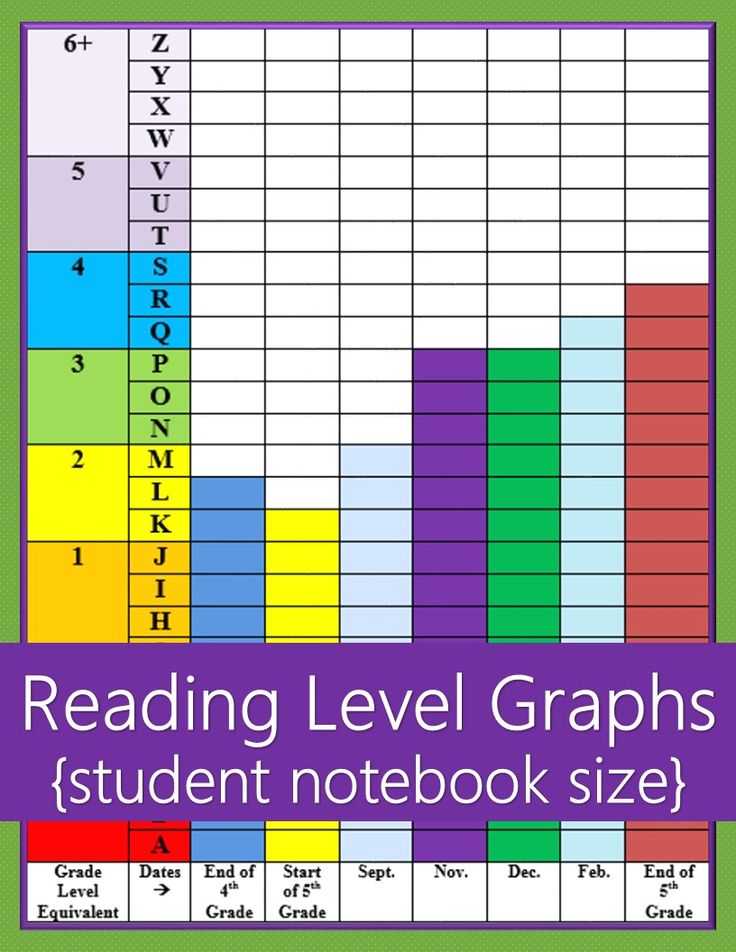
This text is an introductory fragment.
Double/Triple Speed Exercise
Double/Triple Speed Exercise This new exercise gives truly stunning results; when done correctly, you will see how incredibly fast reading speed can be. This exercise is based on a slightly different approach than the previous ones. Although it is
Chapter 15 Learn to Read at the Speed of Thought
Chapter 15 Learn to read at the speed of thought There are a huge number of people who can read at a speed of several thousand words per minute and still understand the text well. There are also many who read slowly and have a poor understanding of the material. And there are those who
Reading at high speed feels different
Reading at high speed feels different When reading quickly, the feeling is completely different.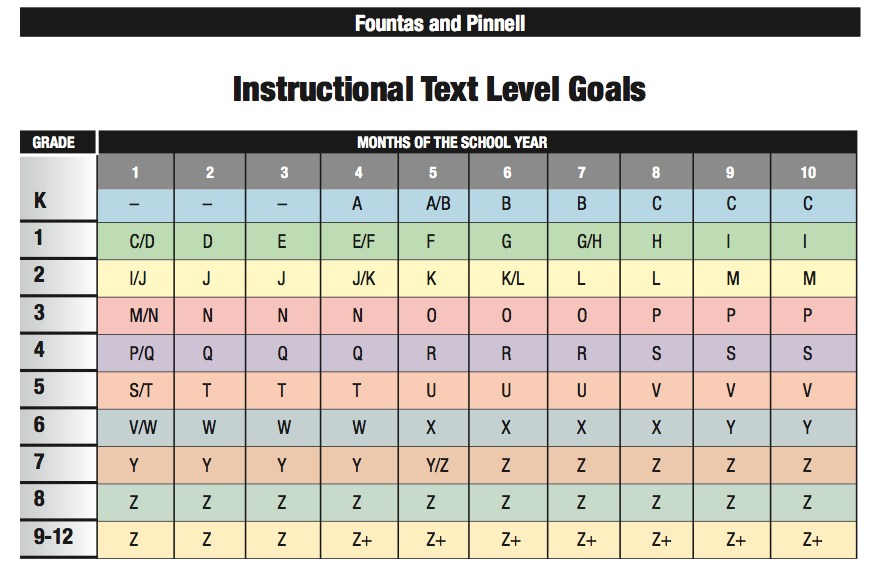 You may have experienced this to some extent. You are much less likely to mentally pronounce words (remember that we cannot completely get rid of this habit), so
You may have experienced this to some extent. You are much less likely to mentally pronounce words (remember that we cannot completely get rid of this habit), so
Chapter 16 How to learn to understand text well when reading at high speed
Chapter 16 How to learn to understand text well when reading at high speed There are three basic rules that determine how quickly you can read and understand what you read. At this stage, they will probably seem obvious to you, since you have been for a long time
The practice of reading at a high speed also helps with slower reading
Practicing reading at high speed helps with slower reading as well. Although you will of course remember that we are working on developing speed and reading comprehension individually, you should also know that in order to increase your low reading speed, you
Hand movements while reading narrow columns
Hand movements when reading narrow columns Most newspaper columns are quite narrow, usually a little narrower than the ideal width of ten centimeters.


